
45+ RETRO CHARACTERS
Sponsored
We curate topical collections around design to inspire you in the design process.
This constantly-updated list featuring what find on the always-fresh Muzli inventory.
Last update: 8/21/2024

Sponsored
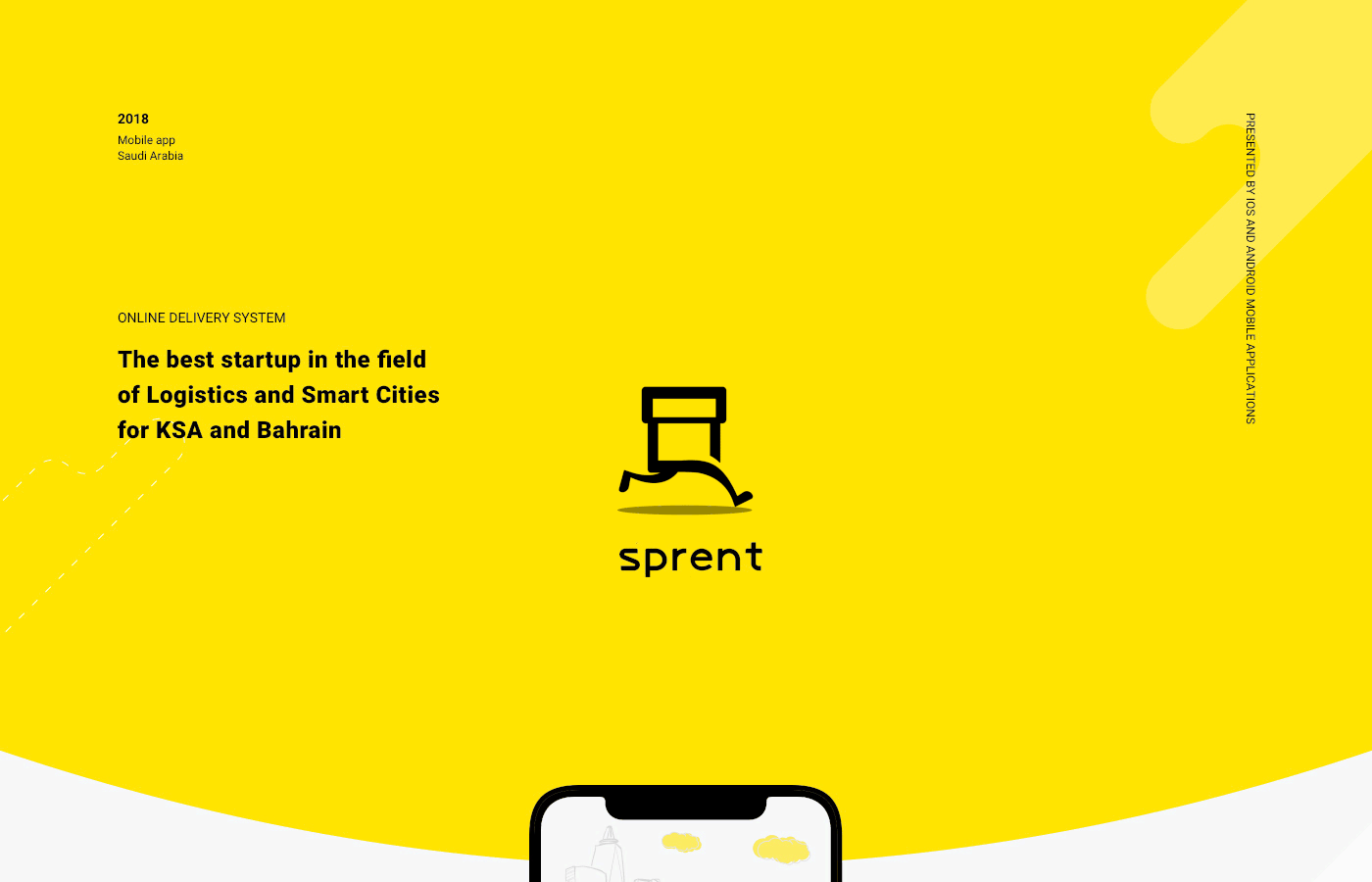
Sprent is an online delivery system that enables customers to buy anything from any store inside their city. Just open Android or iOS app, pick your category of interest and have it delivered by our team of “Sprenters” in a matter of minutes. Customers may also send urgent packages inside their city. The service works in Riyadh and Jeddah in Saudi Arabia, and expanding the coverage to other cities in the kingdom. Uptech provided the services of UX/UI Design, Backend development, iOS & Android development. Sprent was featured by Apple as the 1st app to launch Apple Pay in Saudi Arabia and became the best startup in the Logistics category by GESALO.
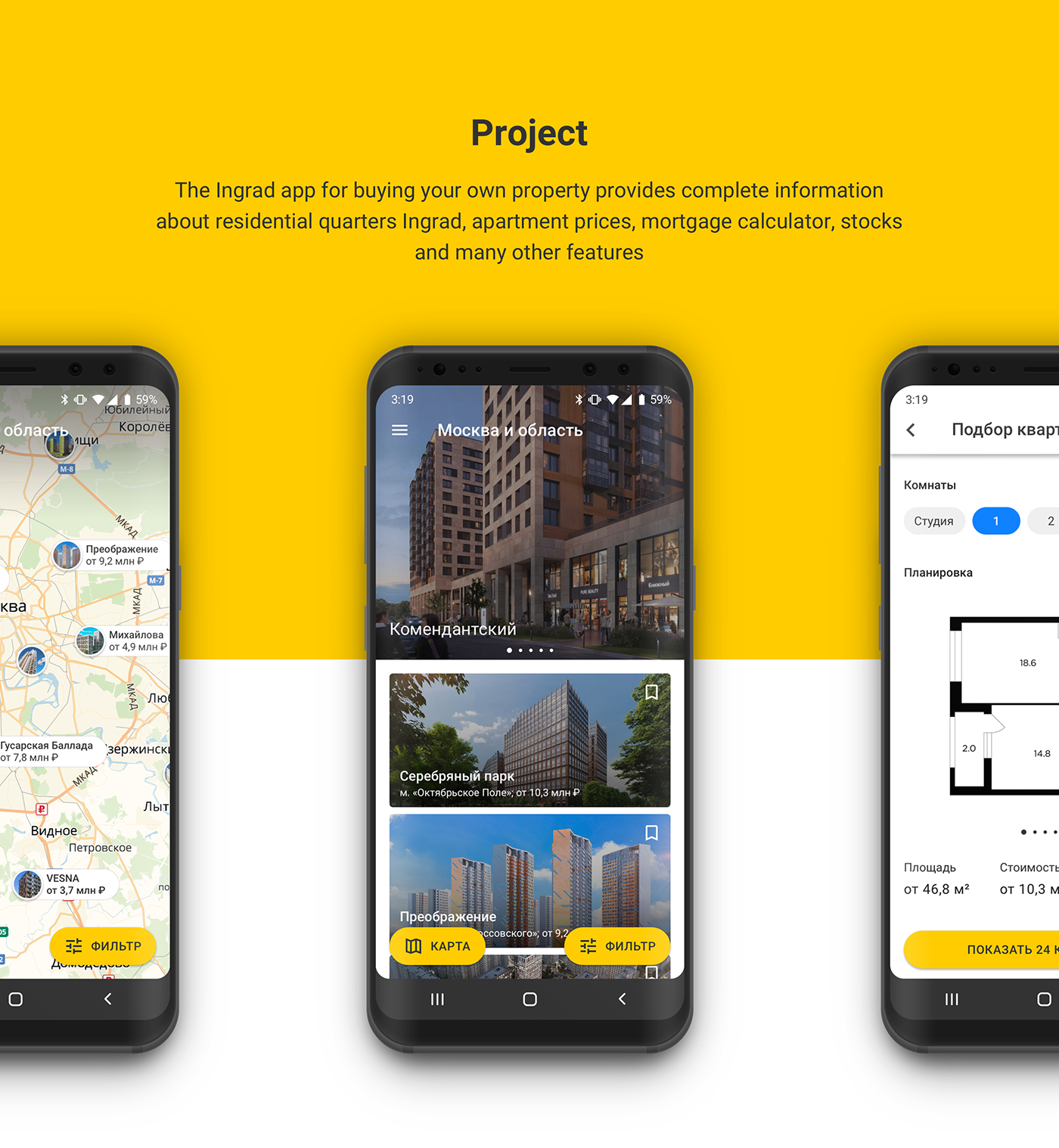
The Ingrad app for buying your own property provides complete information about residential quarters Ingrad, apartment prices, mortgage calculator, stocks and many other features
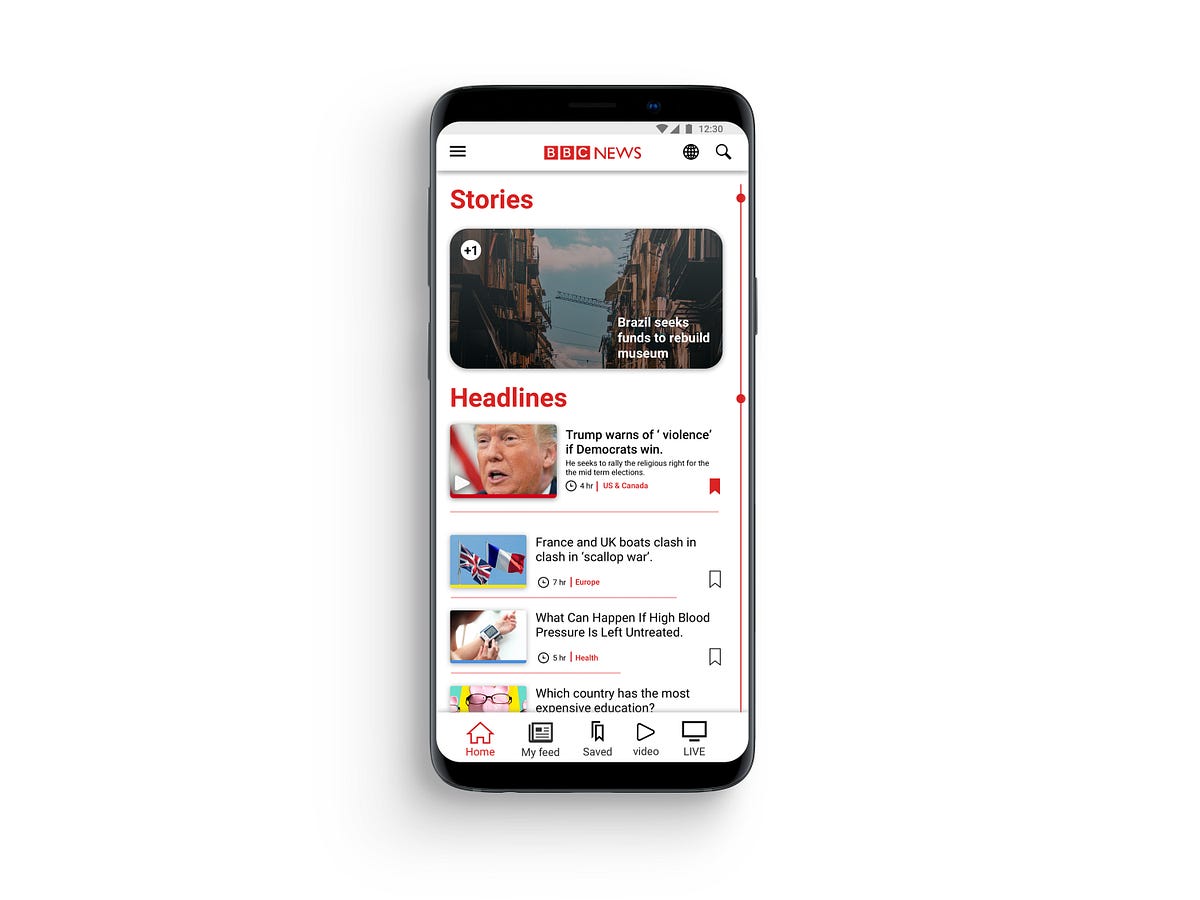
UX case study — BBC NEWS app androidRecently I was searching for a news app which could pull news from around the globe. After stumbling upon BBC news app, which has over 10,000,000 downloads on play store. I thought, an app with this massive following should reward its users with a rich user-experience but BBC news app in its current state is strung together by some good ideas but heroically falls through on execution of these ideas.Problem and hypothesisReviewing other BBC apps in an attempt to understand the brand ideology and content representation across different platform, I found inconsistencies between their applications which is mostly caused due to conflicts in design guidelines provided by different organisations.I Hypothesised that by changing the user navigation flow and striking a middle ground for design standards, will give developers less headache while developing application while providing a more optimised and rewarding experience for the users.BBC android app.PersonaMy goal was to persuade a new user to use the app and turn him into a regular user. I envisioned a user persona who can be a potential user but avoided a specific user who will be a perfect candidate for their app or one who can be considered their core user.Job Story & ScenarioMy decision to choose job story over the user story was that user story has too many assumptions and doesn’t acknowledge causality. When a task is put in the format of a user story ( As a [type of user], I want [some action], so that [outcome] ) there’s no room to ask ‘why’ — you’re essentially locked into a particular sequence with no context. In contrast, Job story provides as much context as possible and focus on motivation instead of just implementation.framing design problem in a Job, focusing on the triggering event or situation, the motivation and goal, and the intended outcome.Guerrilla Usability TestingFor solidifying my hypothesis and to gather more data on the app from a user perspective. A small test group was given instructions to use the app for a span of three weeks. After three weeks I collected their verdict and overall experience. After analysing the data I found some interesting insight, Most of the users forgot to use the app after a while and didn’t feel motivated to use the app. The poorly executed navigation system was the major reason that the users felt lost and eventually lead to abandoning the app entirely.Identifying and Prioritising Pain PointsFor producing an optimal flow, I had to study and point out what is the pain point in the app. For finding pain points and organising the feedback in one place to get a view for the analysis of all data in one place I utilised affinity mapping.affinity mappingI collected data from the test group and my personal notes in the yellow sticky notes. All the feedback is gathered and arranged in the crude sections which make abstract sections/feature of the app. Blue notes represent a clear idea from all the input received from yellow notes. It helps to make note of all the useful feedback and combine it into smaller chunks for later inspection as we go from the bottom-up process. Each hierarchy represents a clear idea for the development of the feature in understanding the user needs and goal for the app set by the company. Doing this activity helped me to sort through all the comments to get a clear view of what is important for the user while satisfying business goals.Prototype and validationAfter getting a fair idea of what elements should be improved or gotten rid of completely. With help of affinity mapping, I was able to stay on track while experimenting with user flows and improving current UI design elements to fit standards proposed by Apple and Google. I took feedback on the design from my peers and tried to integrate their feedback in the design.1. finalising general layout and navigation bat .2.prototype for the index. 3. variation for stories.4. wire-framing different layout. 5. testing layout for article sectionAfter spending time with wire-framing, I moved to work on sketch to test the idea with much more fidelity. After getting an idea of the app will look in the static images I started to design HI-FI prototype in Invison.you can see and interact with the prototype here.Implementation#1 HomepageCurrent app does a poor job of delivering the content in an intuitive way. It depends on app bar for its navigation, using an app bar for navigation seems clunky and stale. It gets messy very quickly as you have to sort through myriad tabs to reach the desired topic.‘Home’ has to be the home screen of the app so it had to be welcoming and informative. To fulfil that goal I cleaned the UI and made changes to how categories are organised on the home screen, in original design spacing between the article were too tight as it resulted in an unpleasant experience where the user feels confined. Instead of just increasing the spacing, I opted for changing the layout. The Most popular article from each topic has the prominent exhibition in the section of that topic, thus headline of each section draws more attention. Each article has been marked with a tag from where the story belongs. The thumbnail of the story has a band beneath it to indicate its tag by colour. These colour tags are used in the BBC website to distinguish all the content quickly.#1.5 StoriesThe story is the distinguishing feature of the BBC app, But it was hard to locate in the original design. It just needed to be in the spotlight. To fulfil the requirement I put the story on the top section from where every user can see it in the prime spot. It could become a quick way to consume news as it is video-based content delivery in a short period of time. Having an indicator which notifies the user of new stories to make the stories more central element of the app and set apart it from its competition.#2 Navigation barAs I wanted a cohesion between android and Ios version of the app, Navigation should feel same and intuitive rather than just scrolling through tabs. Using a nav bar is the logical solution, as both apple and google support it in their guidelines. Removing the app bar navigation allowed me to allocate more space to the main activity. The navigation bar is divided in 5 section Home | My feed | saved | video | LIVE . Each section is the main feature of the app and now it is in front and centre of the app always at the user’s fingertips.#3 New navigation flowThe user still has to traverse through a myriad of topics, making navigation a painful and tiresome process. I resolved it by implementing a new system for navigation called ‘Index’. In ‘Home’ and ‘My feed‘ there is a line on the right edge of the screen. The index acts as a signifier instead of being an affordance for the user which can be triggered by tapping on it. The user will be carried to an index page where he could rifle through topics which are arranged in a linear manner. the index page gives an alternative, instead of scrolling in the home screen to get to a topic he can achieve the same result in less time. There is an indication on the left side to apprise the user of how many new articles had been affixed to the topics since the last session. The index is a more practical way to access the topics without cluttering the main screen with tabs.#4 My feedSetting up my feed was a very tedious task in the original design. My feed is a great feature of the app, I modified the interface which can bring some colour and playfulness to this screen but won’t distract the user. As you select the topics it provides more relative topics.In Old design traversing through tabs took longer than it needed, every choice that you have selected from my feed will be added to the main navigation. After a while main navigation feels like a dumping ground, I start to lose its purpose.The user gets confused and lost his way around the app quickly which cause the user to select few choices in order to keep the navigation clean.To overcome this obstacle, in my new design ‘My feed’ is similar to the home but has curated content where the home was meant to be more of a general place, My feed has the much tighter layout and packs more topics than home. It has a simple layout without making it difficult for the user to navigate to their favourite topics quickly using Index which is separate from the ‘Home’ section topics.Now there is a clear distinction between the two section and navigation for the two section.#5 Reading an articleReading an article is the most important thing in a news app. I chose a layout which will conserve the integrity of reading. The font weight is varied from the title to the main body to demonstrate different heading. Accessibility features are placed in the app bar for ease of reach. Share and save is led at bottom of the cover image which is most used feature while reading the article.SummaryJust by changing the layout and cleaning up the design to new standards of material design, makes the app more approachable and put the content that matter to the user and business to front-line without compromising anyone’s goals. The new navigation system can be a time saver when the user wants to reach to a topic very quickly. The changes made to the ‘My Feed’ are substantial and encourage the user to interact with it. After getting feedback from the same test group. They were impressed by the improvement in the experience from the proposed design for the BBC app.UX case study — BBC NEWS app android was originally published in Muzli - Design Inspiration on Medium, where people are continuing the conversation by highlighting and responding to this story.
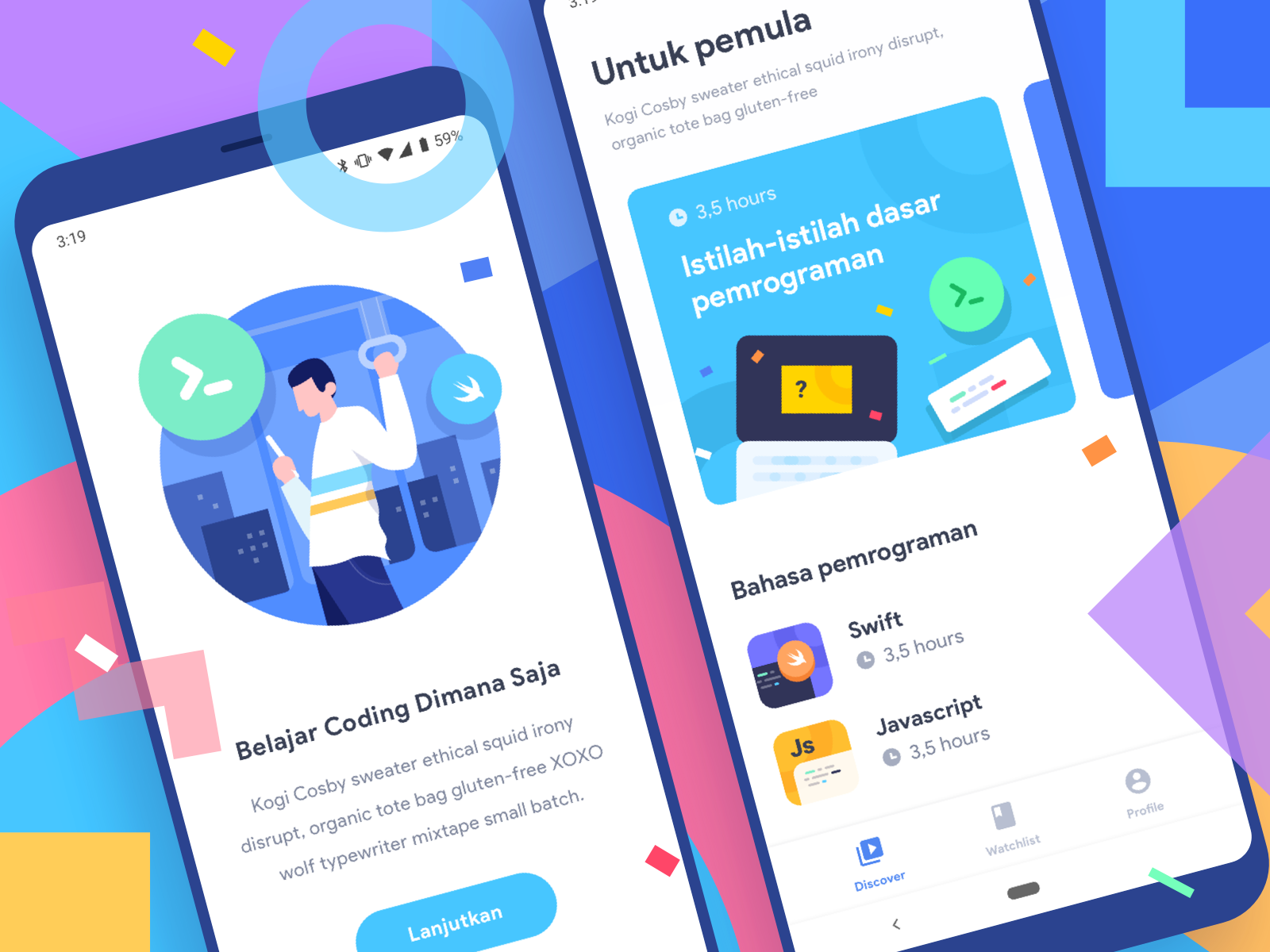
Android App to learn programming language ------ Interested to work together? Shoot your business inquiry to ghani@paperpillar.com
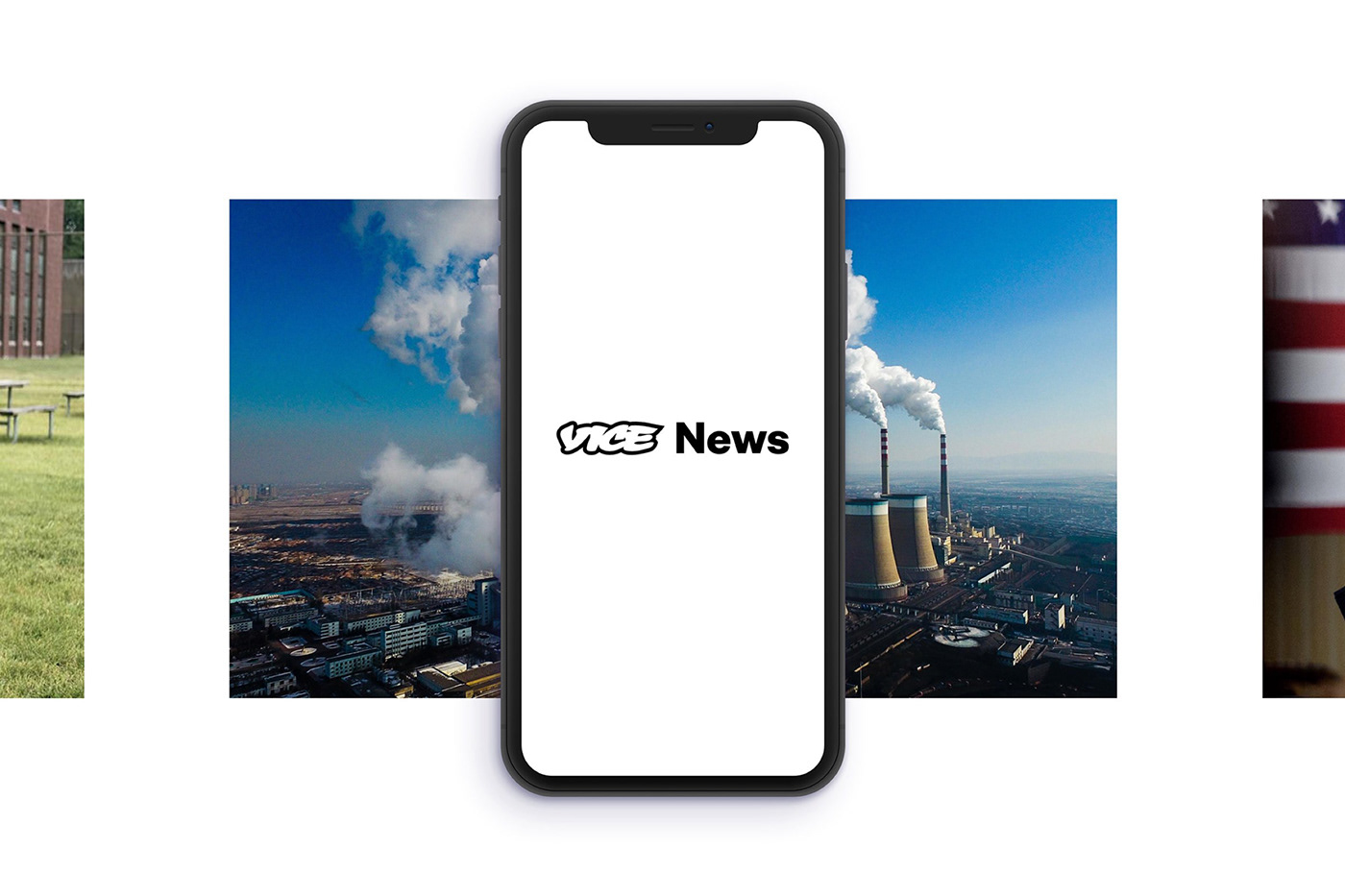
The Vice News Mobile App allows readers to stay up to date with everything that is happening in the world wherever they are. Vice News does away with the traditional news casting formula and present stories in new engaging formats. We wanted the mobile experience to be as immersive as the show no matter what device it is viewed on.
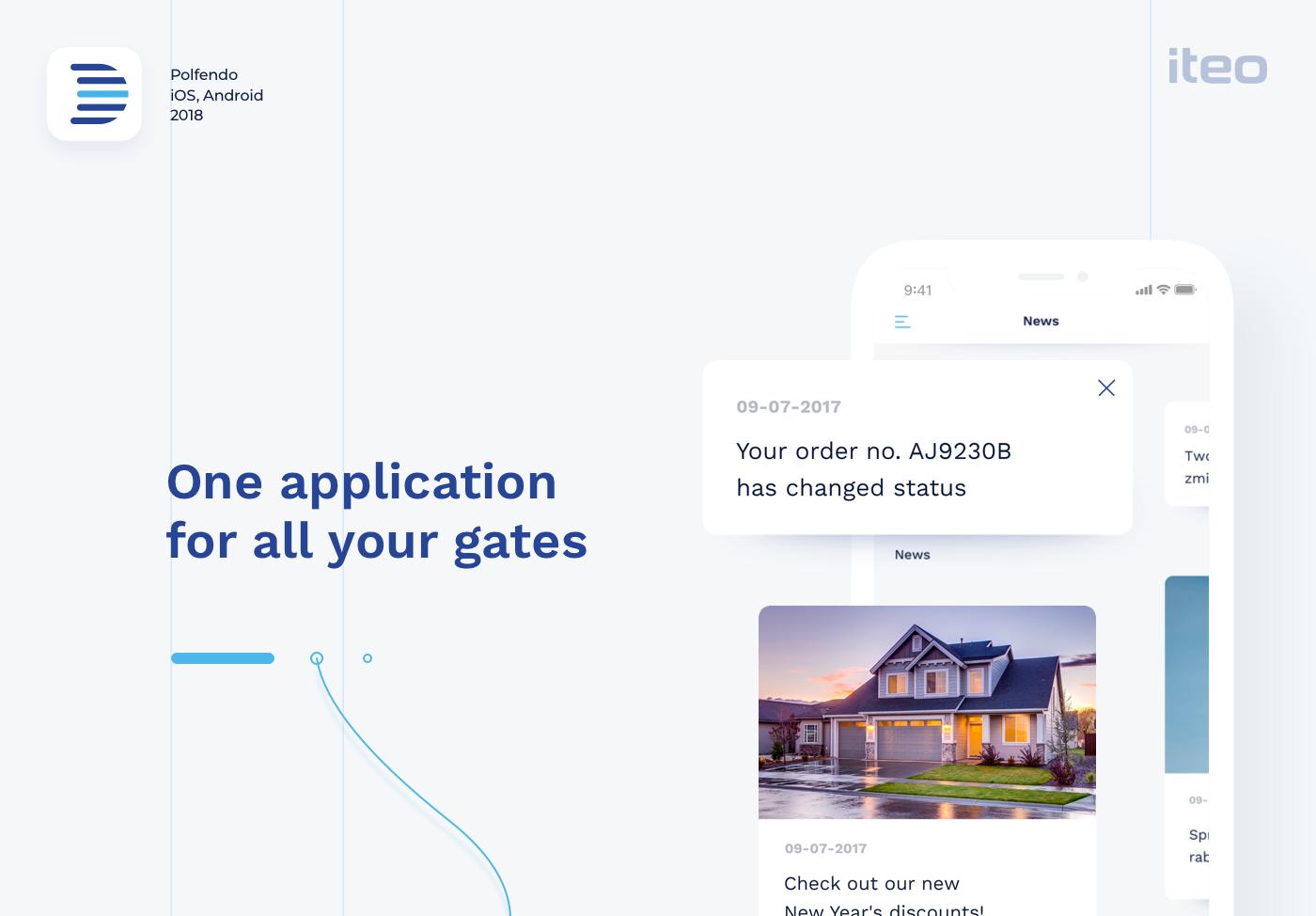
When we first engaged with Polfendo they were in the middle of a growth spurt and their product was evolving. We created customer personas for them that outlined each user’s buying triggers and buyer’s journey. Wireframes and prototypes were created, then tested with users in order to determine which of the approaches was the most functional, easy to understand and impactful to potential users. In this way, we were able to quickly validate or eliminate design approaches. Blue is the most relevant color in the business. It builds trust, feeling of loyalty, reliability, and responsibility. We also decided to use pure white color for more flexible handling of the application. Clean white & blue design puts the emphasis on depth of the application which is achieved by shadows and tiles. Simplicity allows the photographs to stand out against smooth typography. Just as door gates float above the ground, the UI floats above the application.
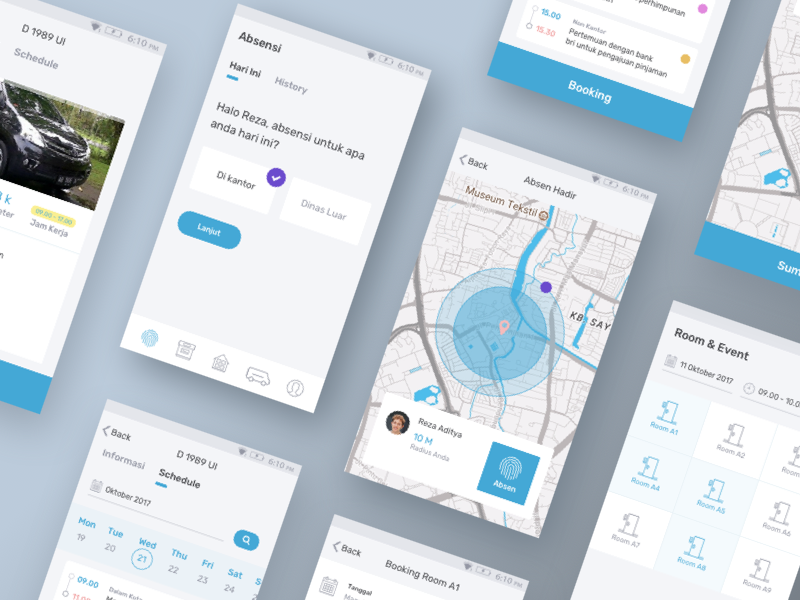
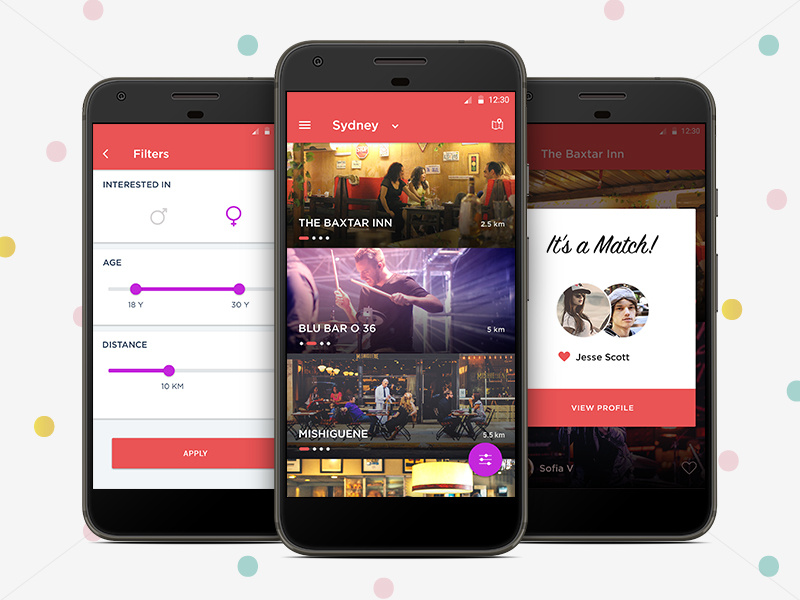
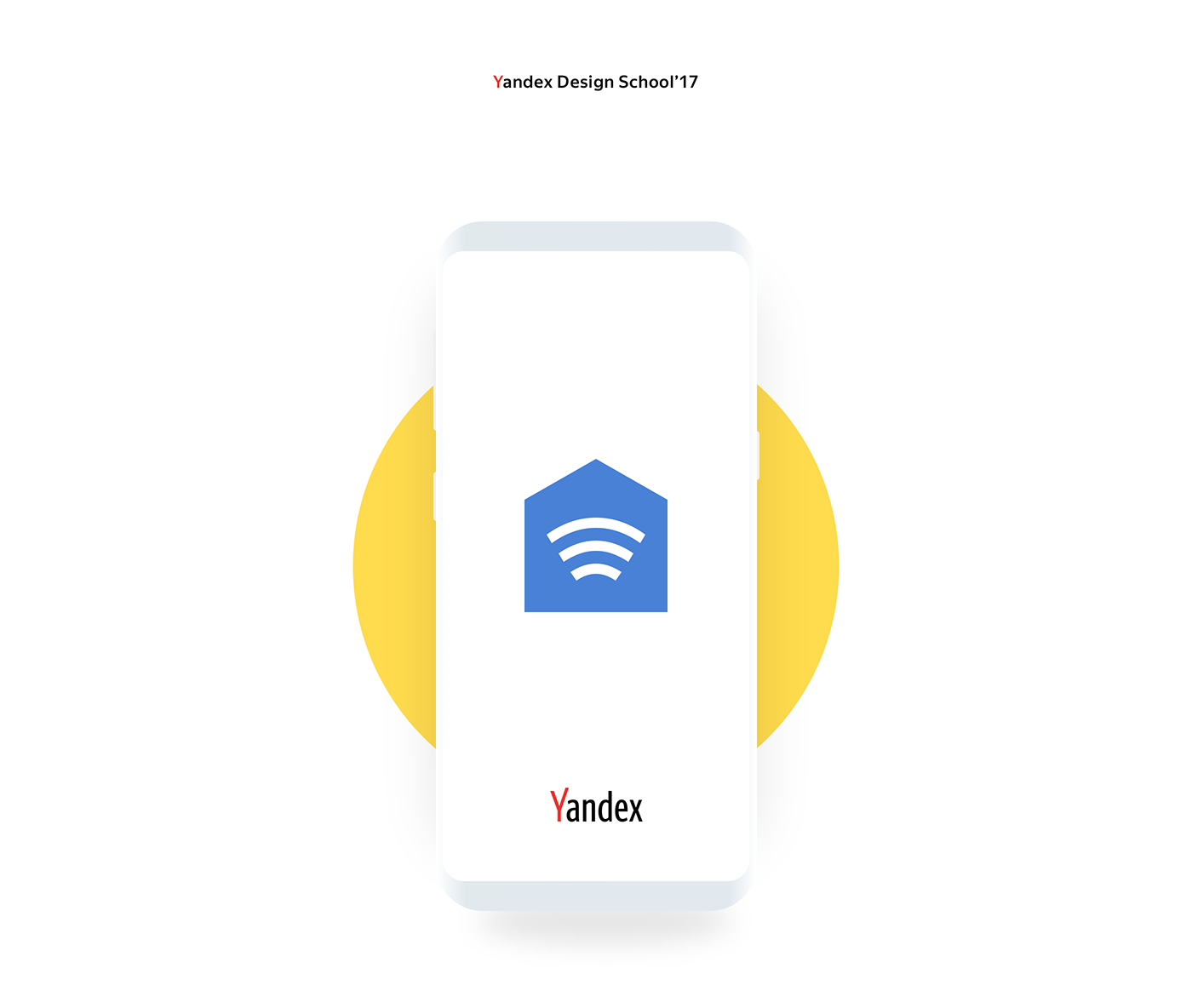
In 2017, I participated in the qualifying round at the Yandex Design School. The entrance test included development of an app for smart house managing. I created the app for different people who want to manage all devices in simple way.
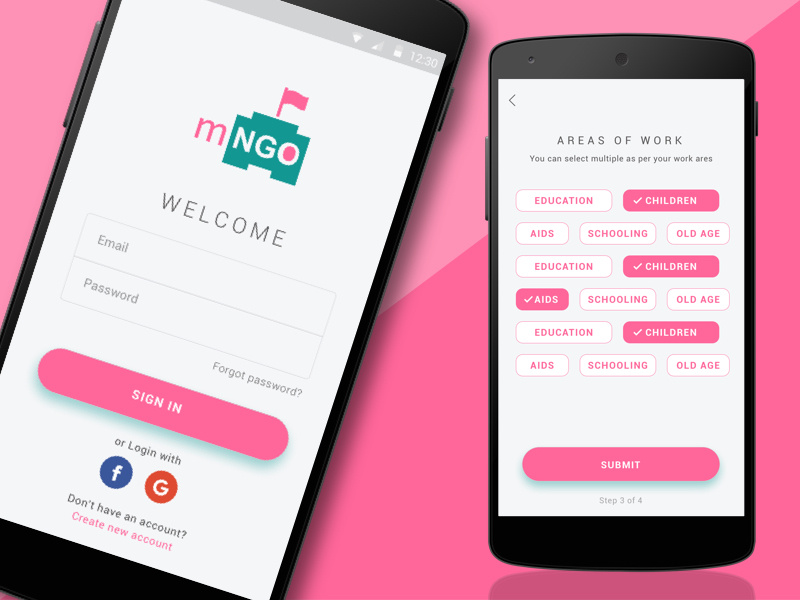
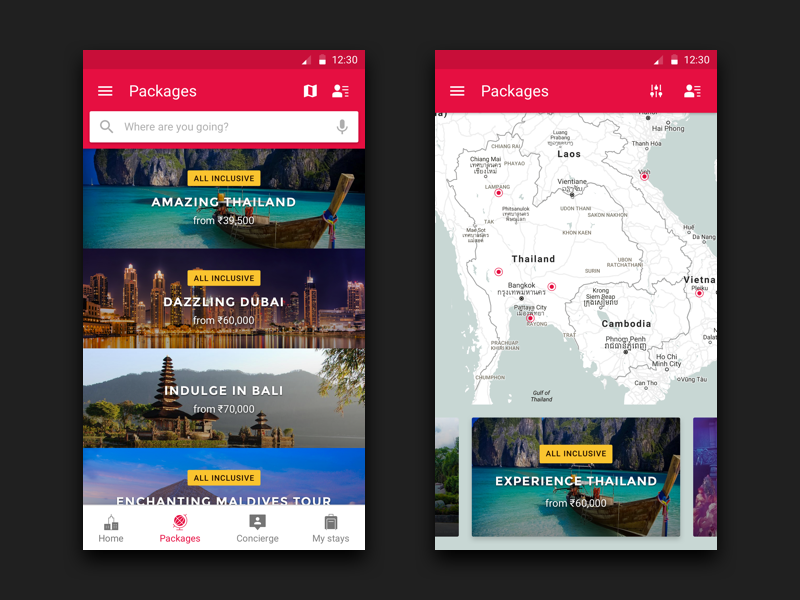
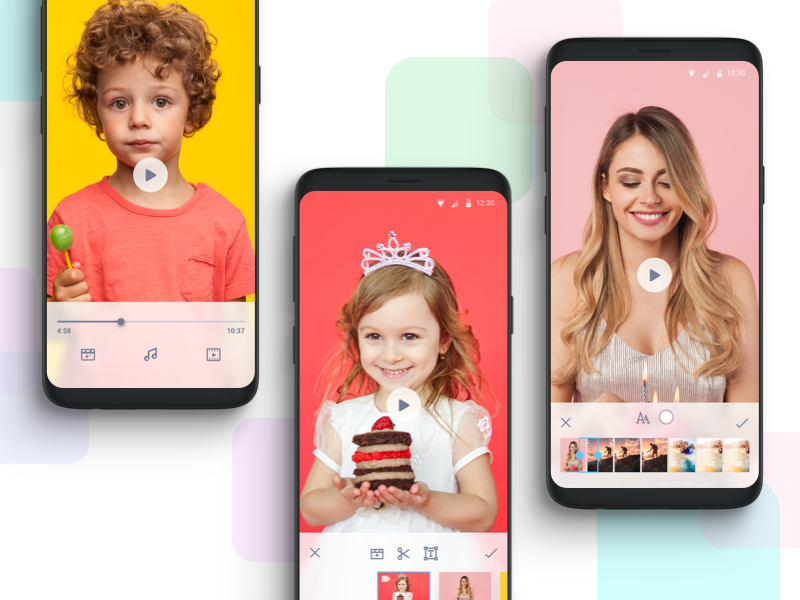
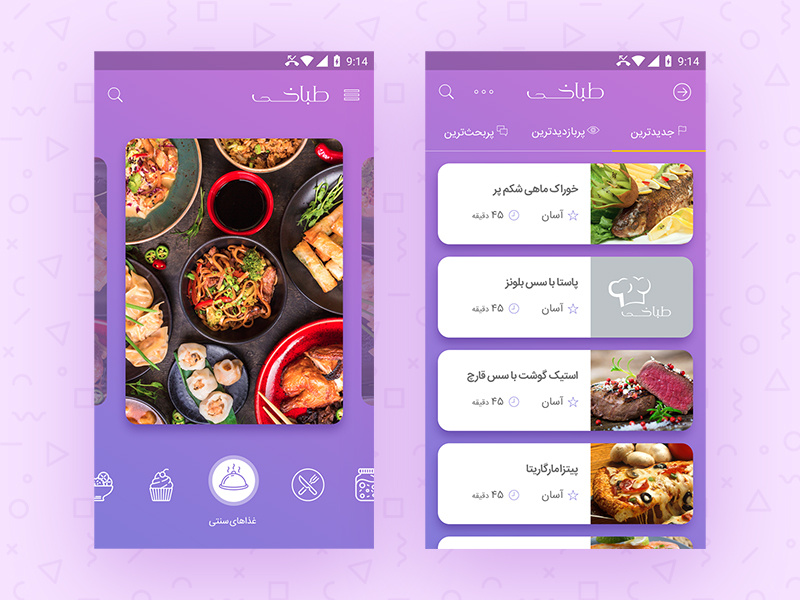
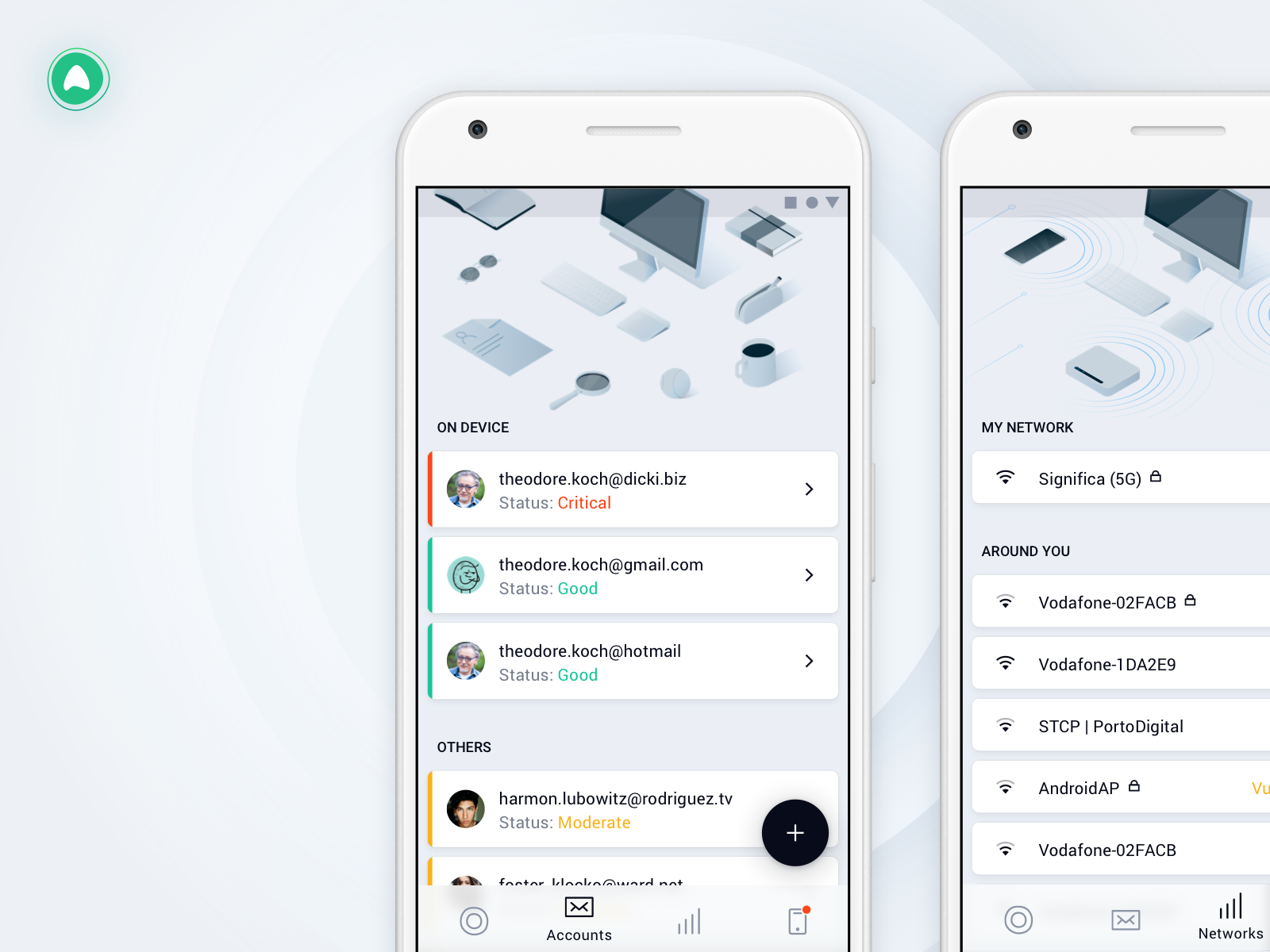
Hi folks! Atmosfer is a modern and intuitive security application that monitors the health of your mobile ecosystem. Created by our friends coletivstudio and designed by Significa, it’s now in its beta phase! Download it, test it and let us know what you think! Filipe & the Significa team __ Visit us at significa.pt Behance | Facebook | Twitter |
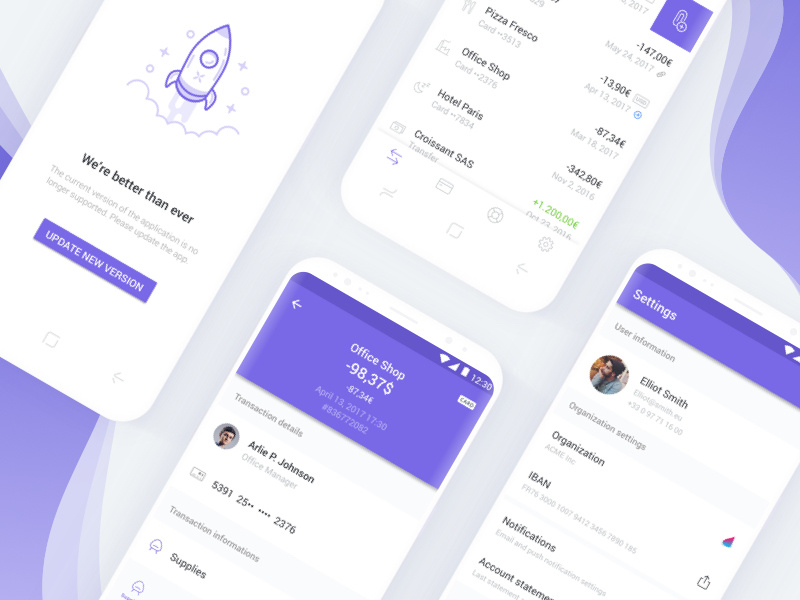

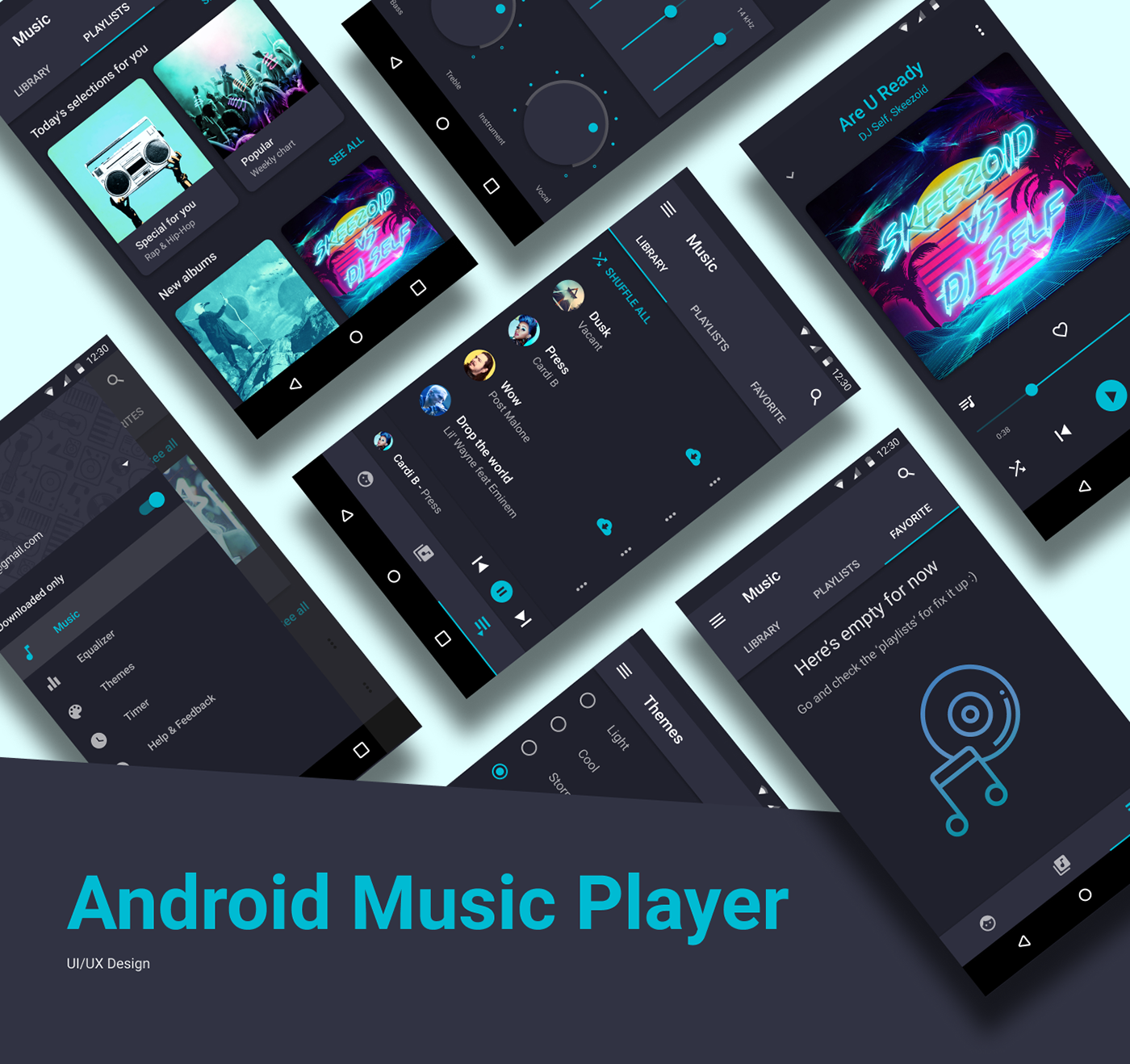
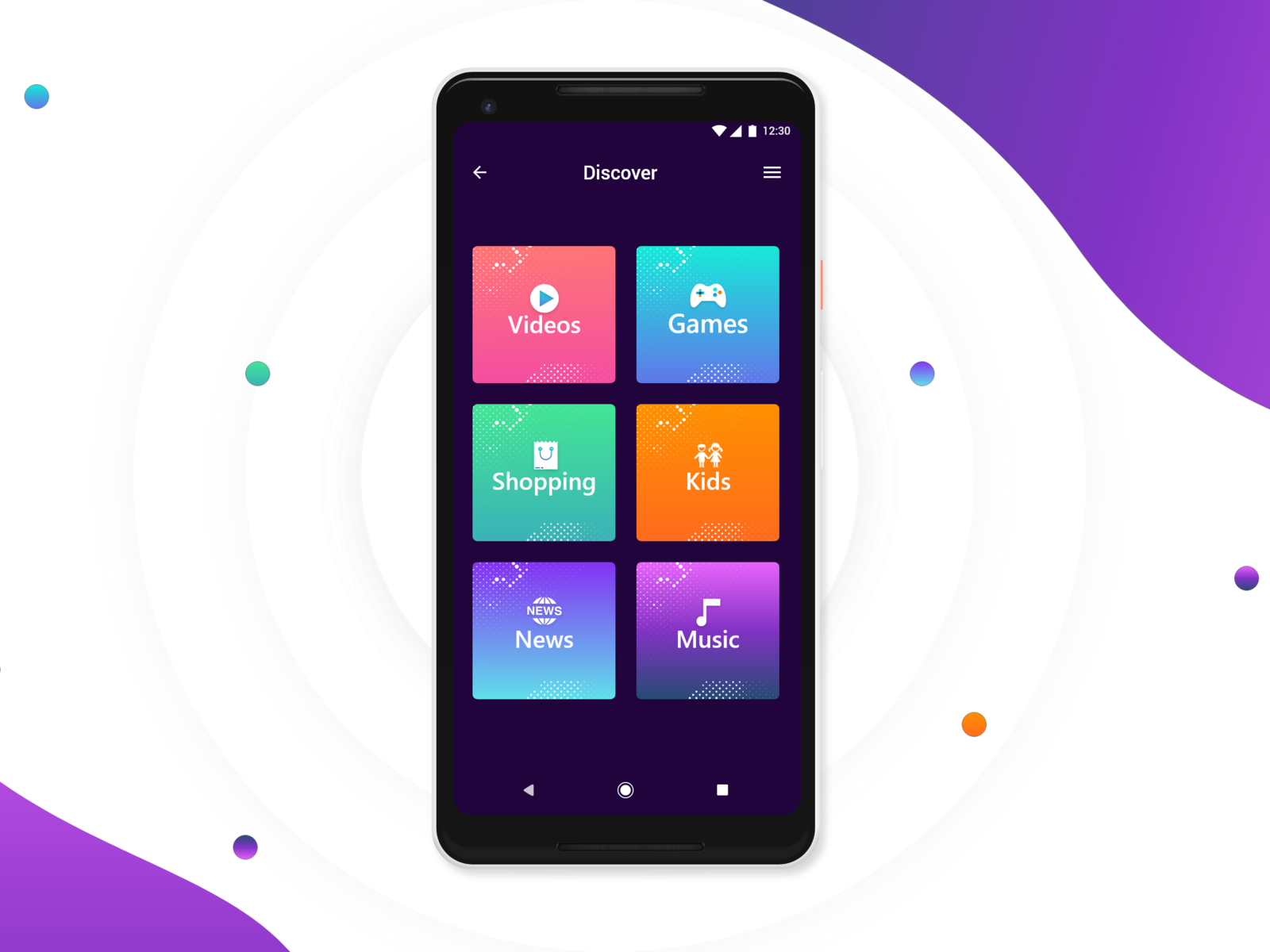
Hi, Dribbblers I'm Nikhil N R, this is my first shot. I'm really excited to join this amazing community! and i'm happy to be part of this community. Thank you, @Kaliarasu for inviting me See you soon everyone
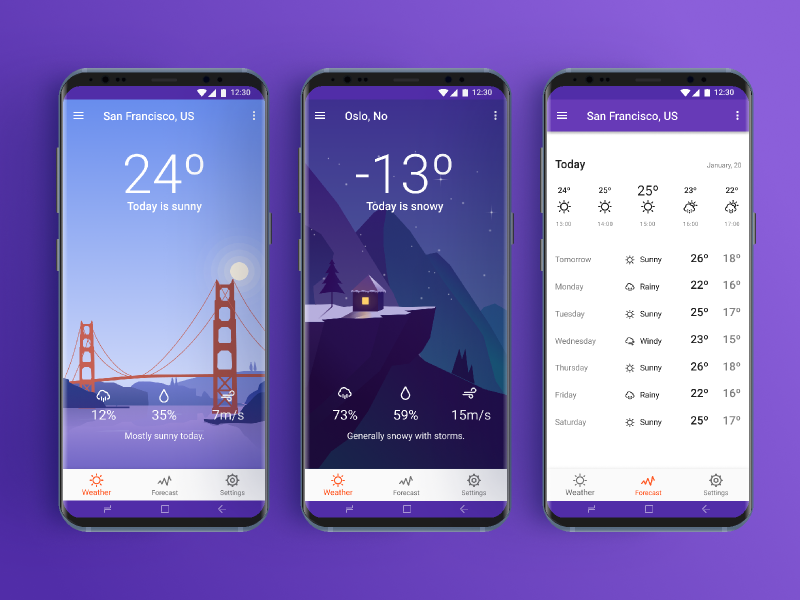
Android app UI design concept made for W.D.I. design course to improve my Android UI skills. Figma interactive prototype link: https://bit.ly/2HqteVU
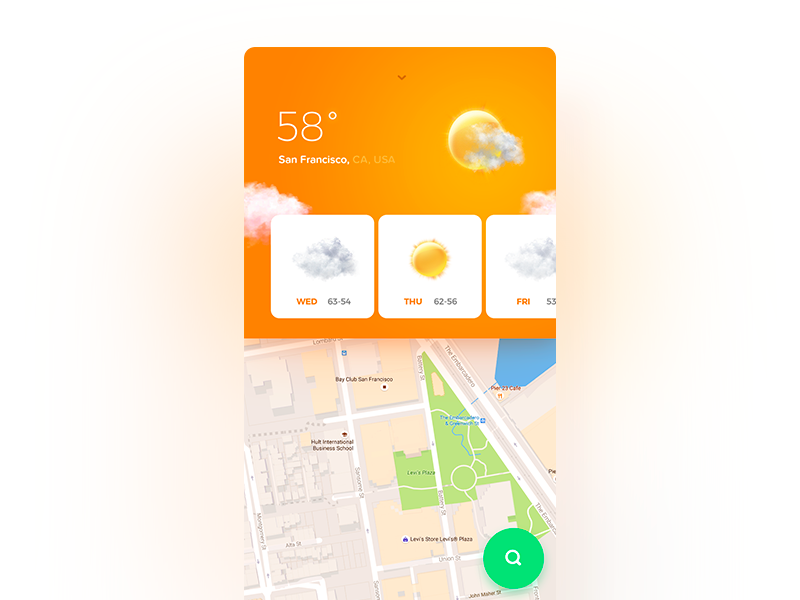
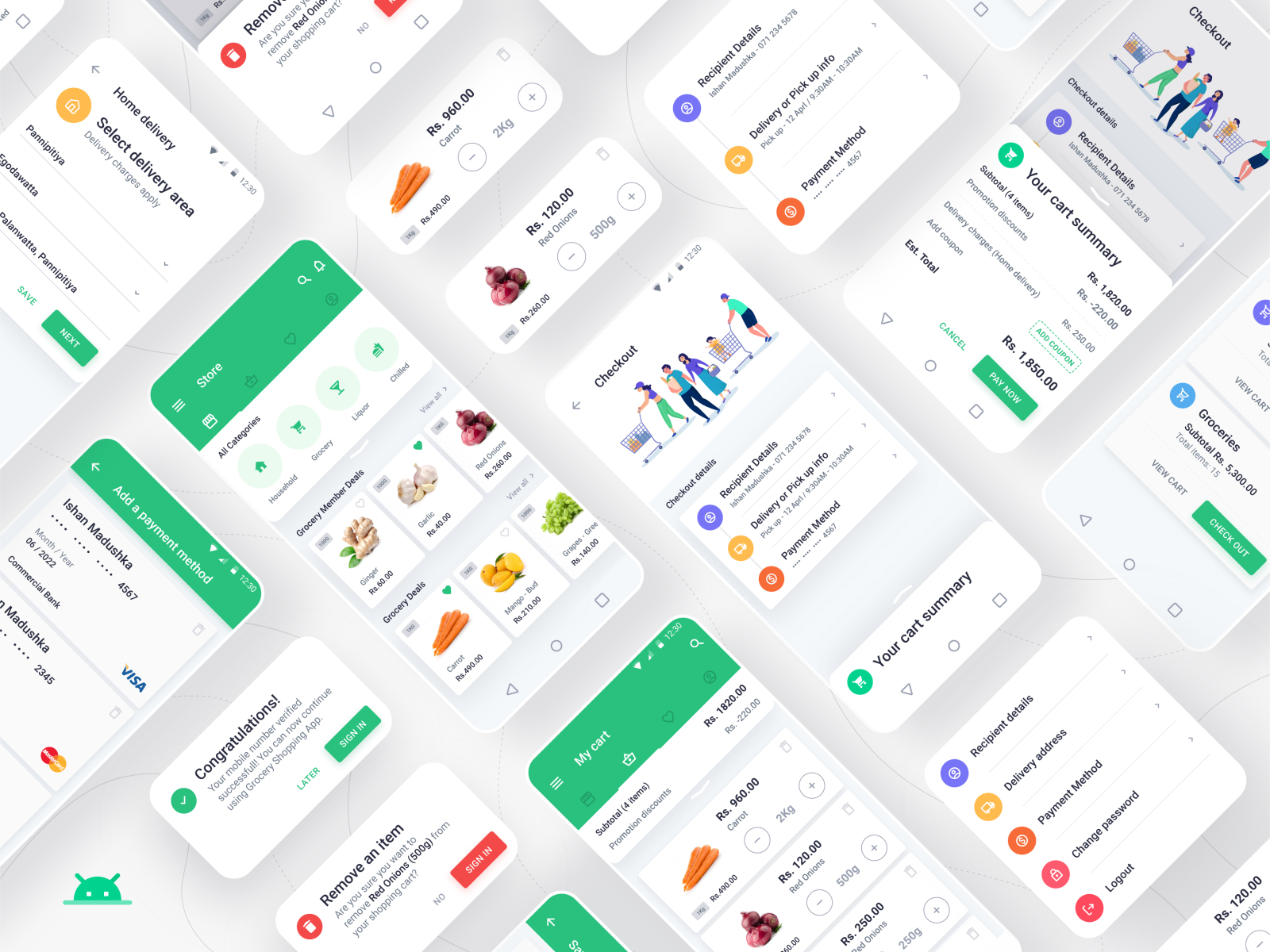
Grocery Shopping App - Android UI/UX Design for Groceries Shopping App. Shopping for groceries is much easier with an App. People tend to use more of international shopping apps compared to local online shopping apps. In Sri Lanka, local online shopping has a real competition with the international shopping apps which are more popular in the local community rather than local shopping apps. So here I tried to design the UI as simple as possible which make the functionality easier to it's users. Behance Full Project Presentation Grocery Shopping App Full Project What's inside: • Android UI • Total 70+ Screens (360x760px) • Works with Adobe XD & Adobe Illustrator • Pixel Perfect UI • 100% Vector - High Resolution • Well Organized • Fonts - Roboto • 100% Customizable Grocery Shopping App XD Prototype and Record Prototype Screens Grocery Shopping App Demo UI Download If you like this project and you plan to buy write to me ish.madushka@gmail.com Follow me on Uplabs | Behance | Instagram Thank You!
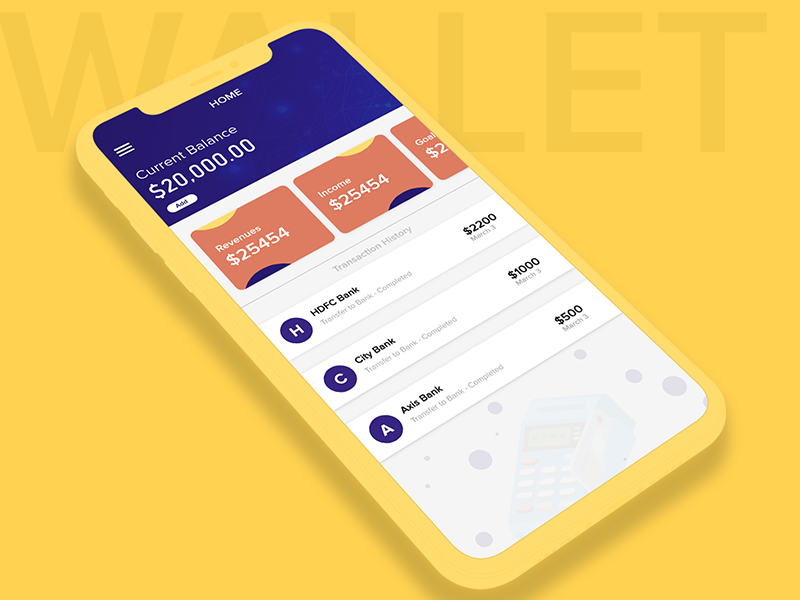
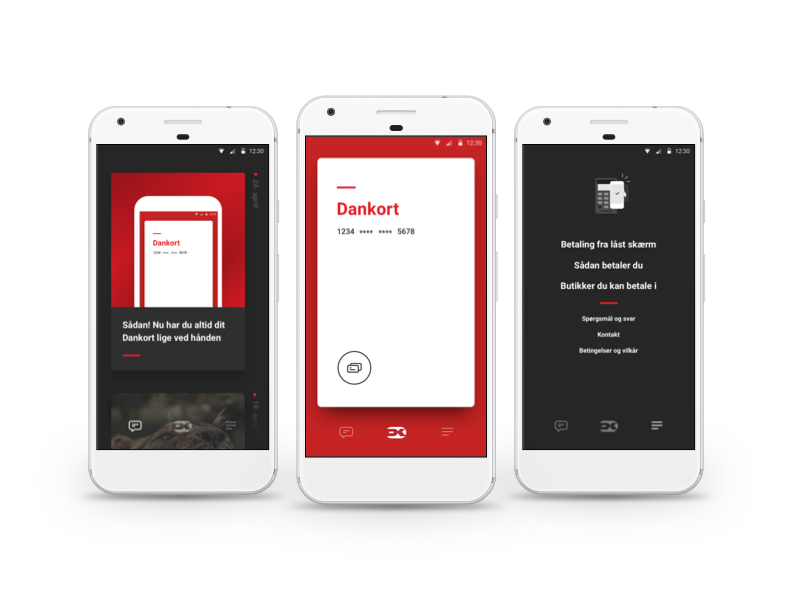
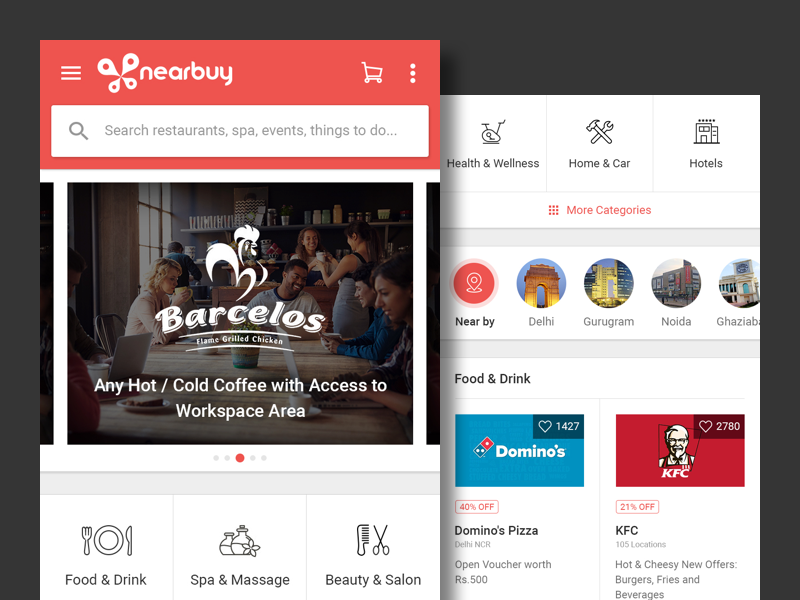
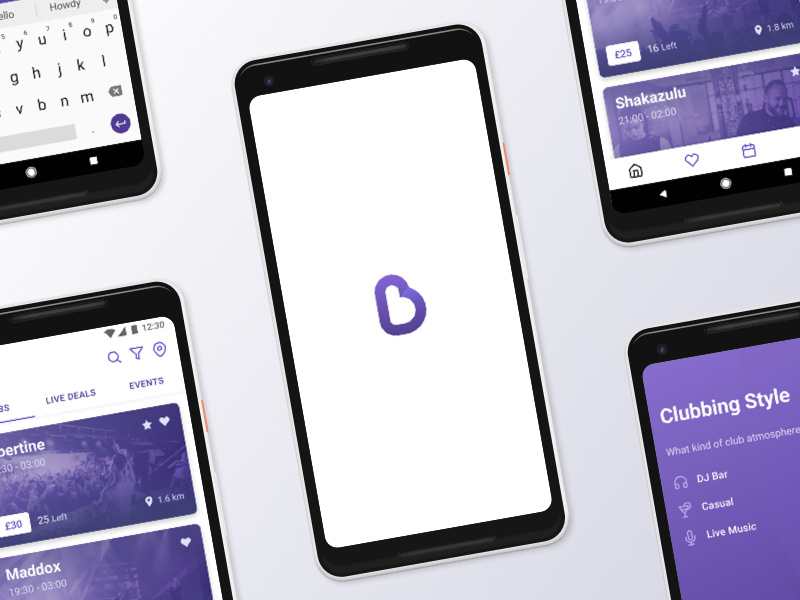
Recreating the Ballin app from the ground up for Android, aiming for a launch next month alongside the iPhone app.

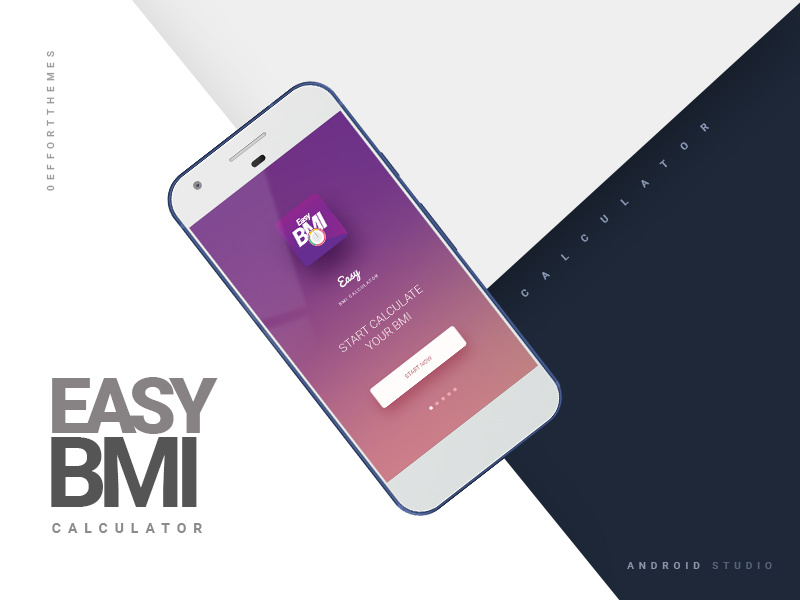
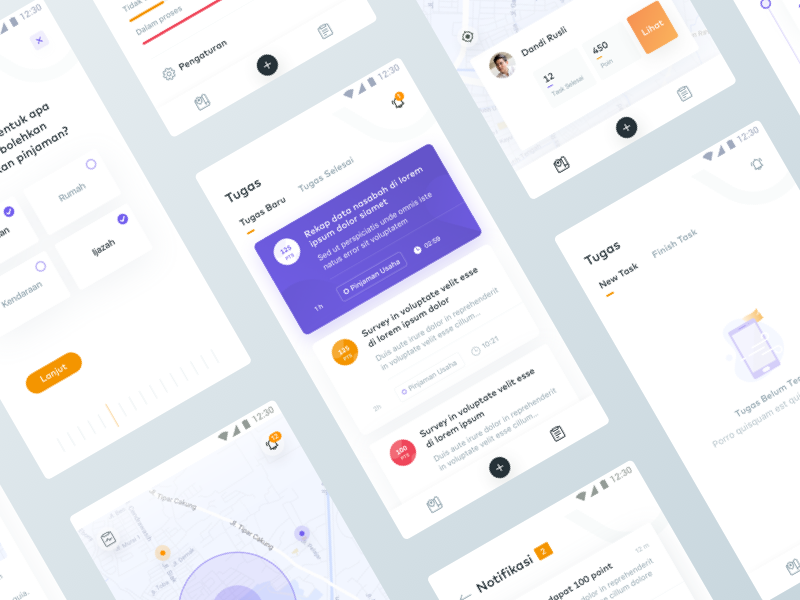
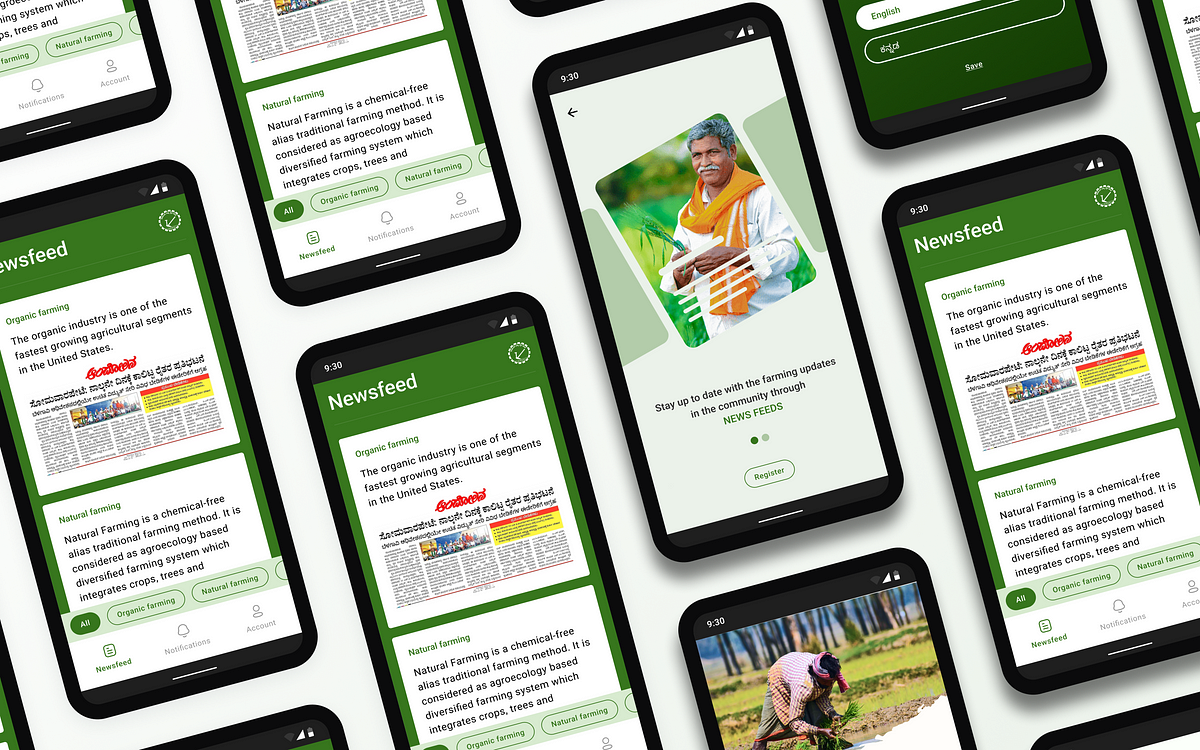
Context: The high fidelity design part (UI) of this application was created by me. After creating the high-fidelity designs for this app, we decided to go one step further. By converting these designs into HIG & Material guideline-specific designs.I won’t go into much detail on the process of designing this app. Long story short, we got a problem statement and a user group (farmers of age 18 and above). So we went through the process of user research, ideation, wireframing, and creating high-fidelity designs.Some final screensSo let’s go on the journey of understanding the differences between both iOS and Android design guidelines and implementing those in our application.I have studied both Human interaction Guidelines (HIG) and Material design systems before. In simple words, HIG focuses on flat, simple, and light design whereas Material embraces lively, intentional, animating, and flexible designs. Before implementing these two, I had to study them even deeper.Implementation in popular applications: Before studying theory and a plethora of data, I wanted to see if these kinds of conversions are worth it. If it does, what does it look like? So I went to Mobbin to study iOS and Android versions of some popular applications (Eg: Instagram, Twitter, Spotify). Here are some important design differences I found:NavigationAlignment of titles, subtitlesAny input field or button (Padding, Size, Corner Radius)iOS uses text for navigation instead of iconsDifferent font styles for the same type of elementMargin, column, & gutter differencesI could see the differences clearly. So I went ahead and started learning about the two design systems. I won’t describe it here, instead of me copy-pasting, you can go to the official sites of HIG & Material design systems to learn it in depth. Here, I’m going to describe the learnings I applied to the application.Official pages of HIG & MaterialScreen Size: While researching what screen size to design for so that my design can cover all the screens, I got to know some key points: For India, currently most common screen ratio is 360*800px with a ratio of 16:9 (source). For android, the top 5 best-selling phones have a screen ratio of 20:9. For iPhone, a large group of users uses the 375*812pt screen size (1pt = 1.33px). So I started accordingly. I planned to create the 360*800px version for Android and a 375*812pt version for iOS.Layout Grid: A layout grid is something that defines the structure of the screen. It can be in form of columns, rows, or a combination of both. Most designers and design systems use the column form of layout grids. While researching the layout grids, I came to a conclusion: In HIG, there is no use of grids and the side margin is 16px from each side. In Material, the grid has four columns with 16px of gutter and 16px of margin from each side.Screen sizes for iOS and Android with their layout guidelinesTypography: In terms of typography, both design systems have their own guidelines. One thing that sets their standard on the same level is the use of DYNAMIC TYPE fonts. Dynamic fonts change their weight based on the system settings. In simple words, static fonts have a defined set of font styles (Thin, normal, bold, etc.) whereas dynamic fonts respond to the weight input and change their properties accordingly. The default typeface used in HIG is SF Pro and in Material, it is Roboto. The design system also provides a detailed description of all the font sizes (Eg: Font size, line height, letter spacing, etc.).Typography GuidelinesThere’s no compulsion of using the system typeface for your project, but in this project, I’ve used the same typefaces used in the respective design systems.The typography used in the applicationNavigation: Navigation is an important part of the user experience. The HIG and Material design systems have clearly different navigation styles and in my opinion, they both work perfectly well. As you can see in the navigation components shown below, HIG uses text as navigation buttons so much more than Material whereas, in Material, the use of icons for navigation is applied a lot more than in HIG. (We can’t say which one works better than the other because both work and both of them are loved.)Navigation differences in both design systemsComponents: When it comes to differentiating between HIG and Material design patterns, the components play a major role. The material design just revamped its design system. In this design system, most of the components are changed. The new system is named “Material 3”. HIG brings small changes to its design system with every update of its OS. So based on the measures and standards provided in both design systems, I created all the needed elements for the HIG and Material Version. Here’s a list of elements created for both versions:Components used in the iOS version of the applicationComponents used in the Android version of the applicationConclusion: After all the learning and implementations, here are some of the outcomes we produced.This journey taught me a lot. Pioneers, rivals, or whatever you can say but these two systems are competing and learning from each other to provide a better user experience. I think designers should have a thorough knowledge of at least these two design systems so that they can create a phenomenal experience for their users by using or breaking these design rules.Peace!UI/UX Case Study: Adapting an app design for Android & iOS was originally published in Muzli - Design Inspiration on Medium, where people are continuing the conversation by highlighting and responding to this story.
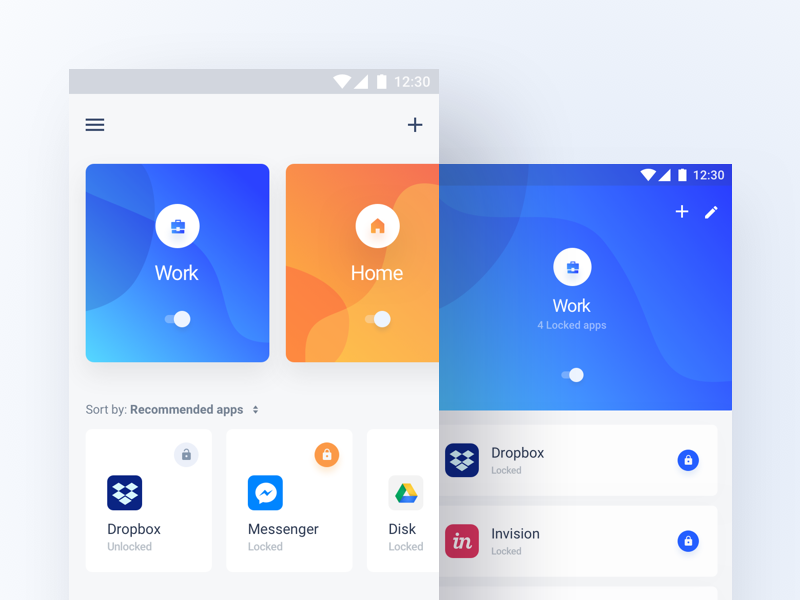
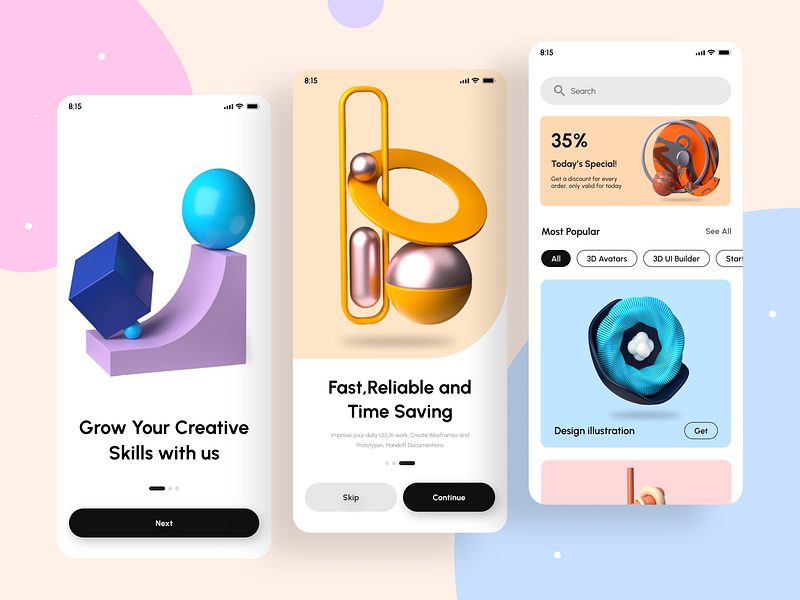
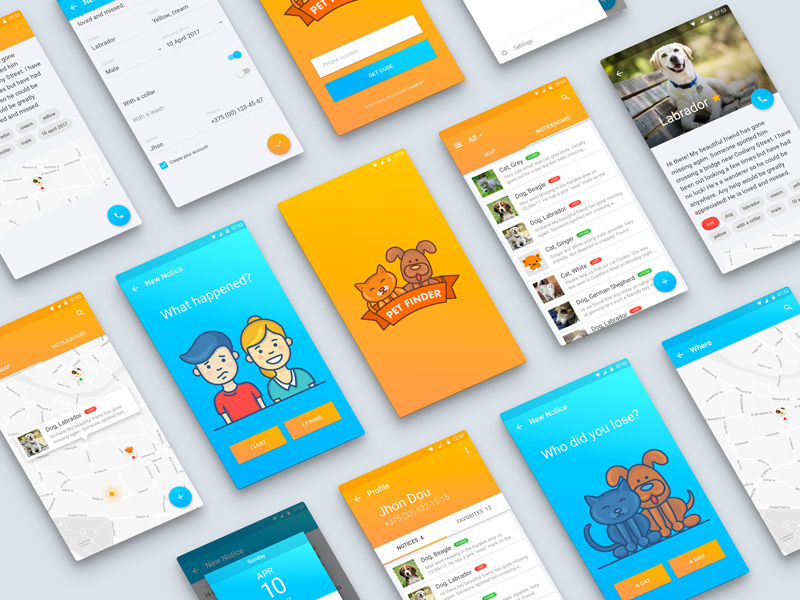

The Vice News Mobile App allows readers to stay up to date with everything that is happening in the world wherever they are. Vice News does away with the traditional news casting formula and present stories in new engaging formats. We wanted the mobile experience to be as immersive as the show no matter what device it is viewed on.
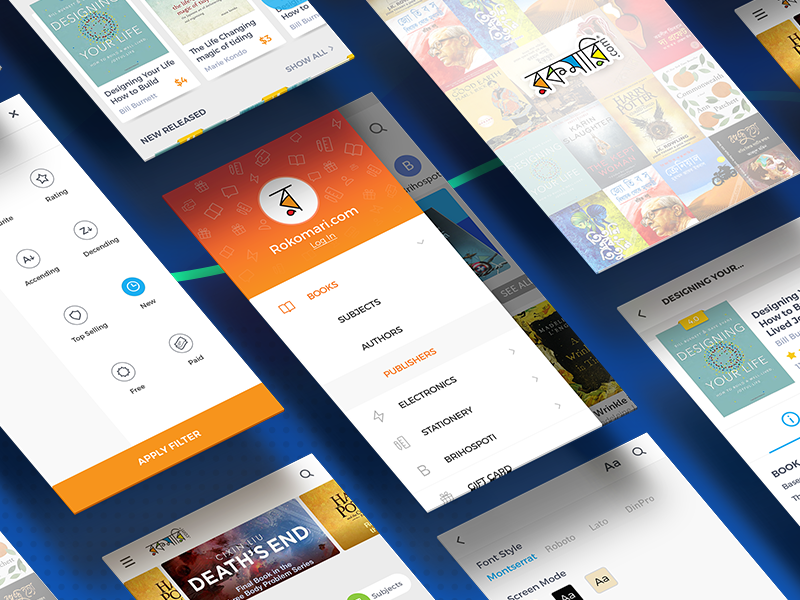
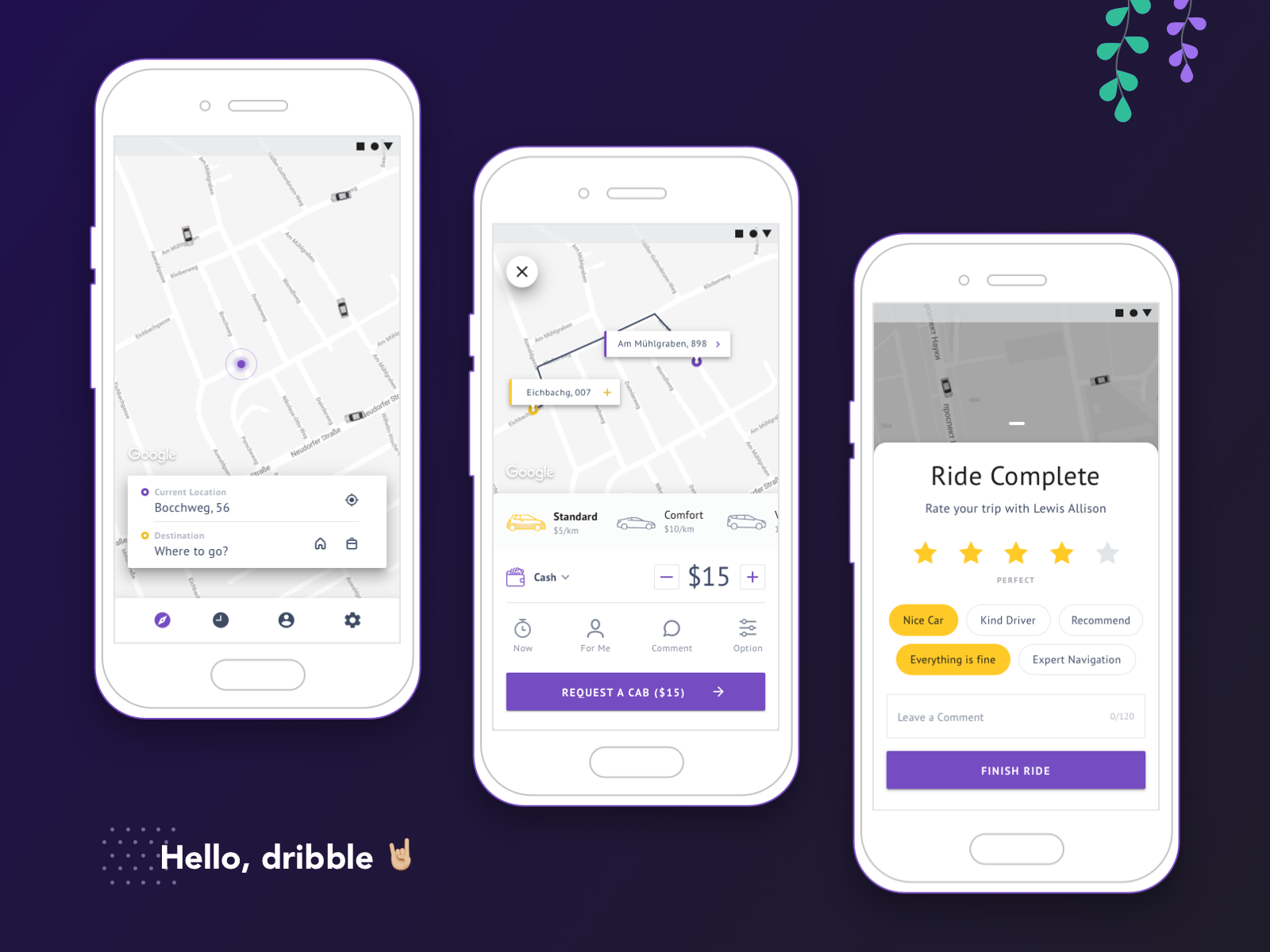
This is my first shot I'm so excited to be the part of the team🚀 Big thanks to @[594201:Sergii Filonenko] for your invitation! ********* Don't forget to hit ❤️ ********** Take a look at the full case 😉 https://www.behance.net/gallery/78179819/Taxi-order-App-(Android)
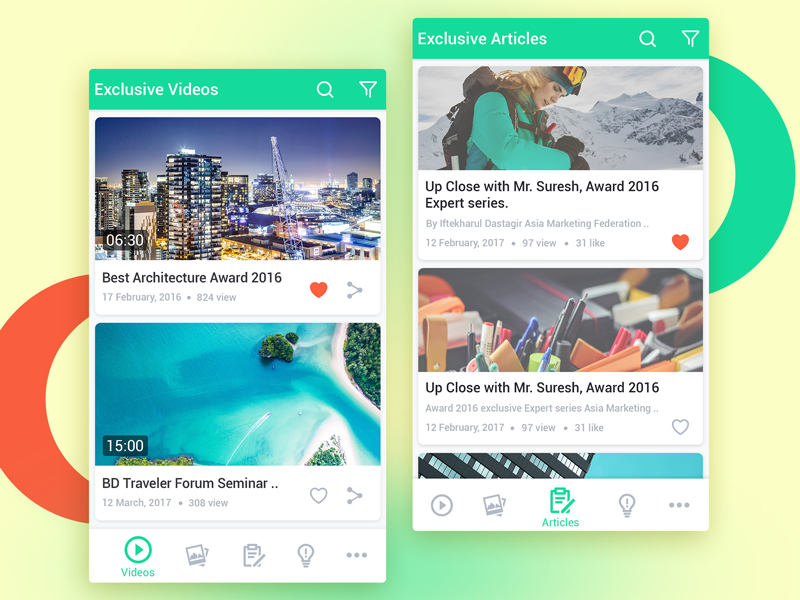
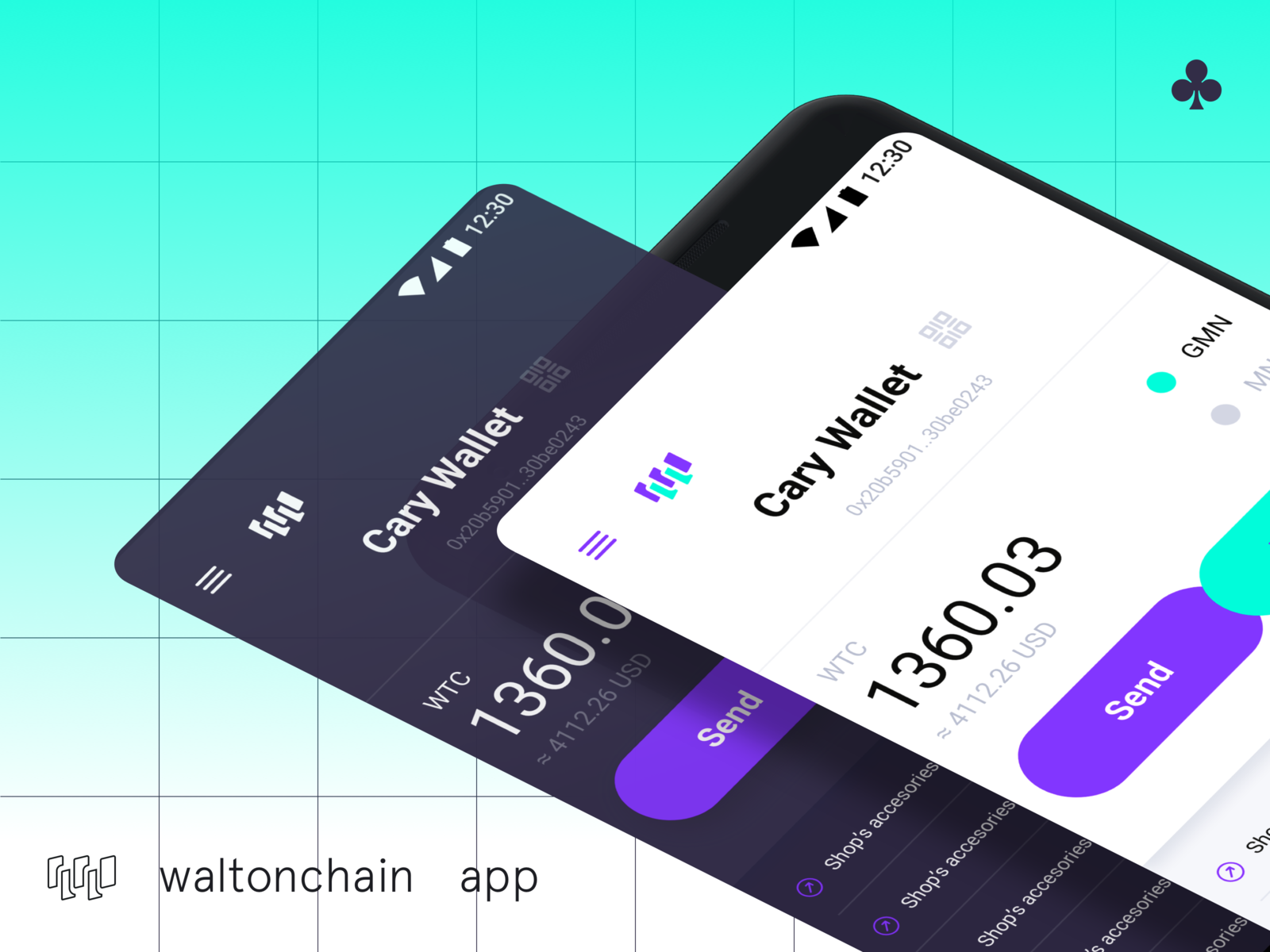
Waltonchain is the only truly decentralized platform combining blockchain with the Internet of Things (IoT) via RFID technology. Their blockchain is implemented in the foundational layer, through their unique, patented RFID chips, which are able to read and write directly to the blockchain, creating a genuine, trustworthy, and traceable business ecosystem, with complete data sharing and absolute information transparency.
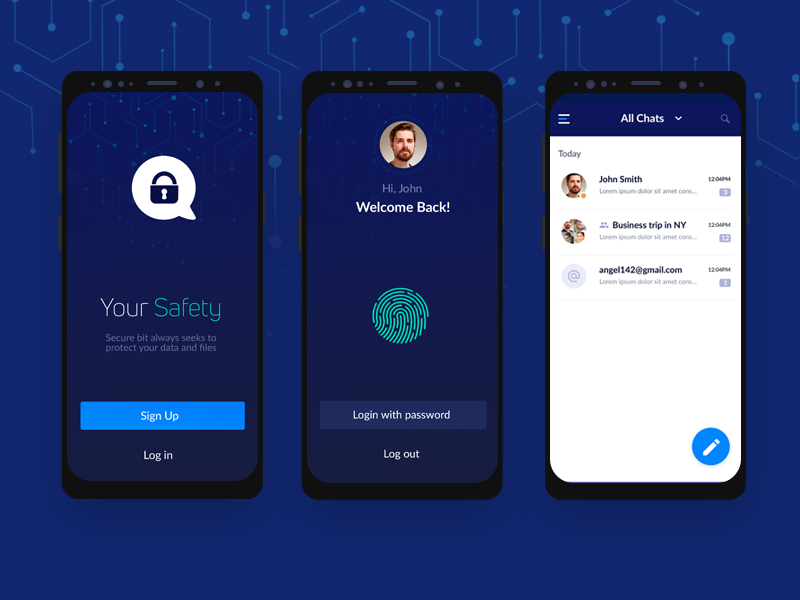
Full Project here: https://www.behance.net/gallery/69460705/UIUX-Android-app-design-Secure-chat
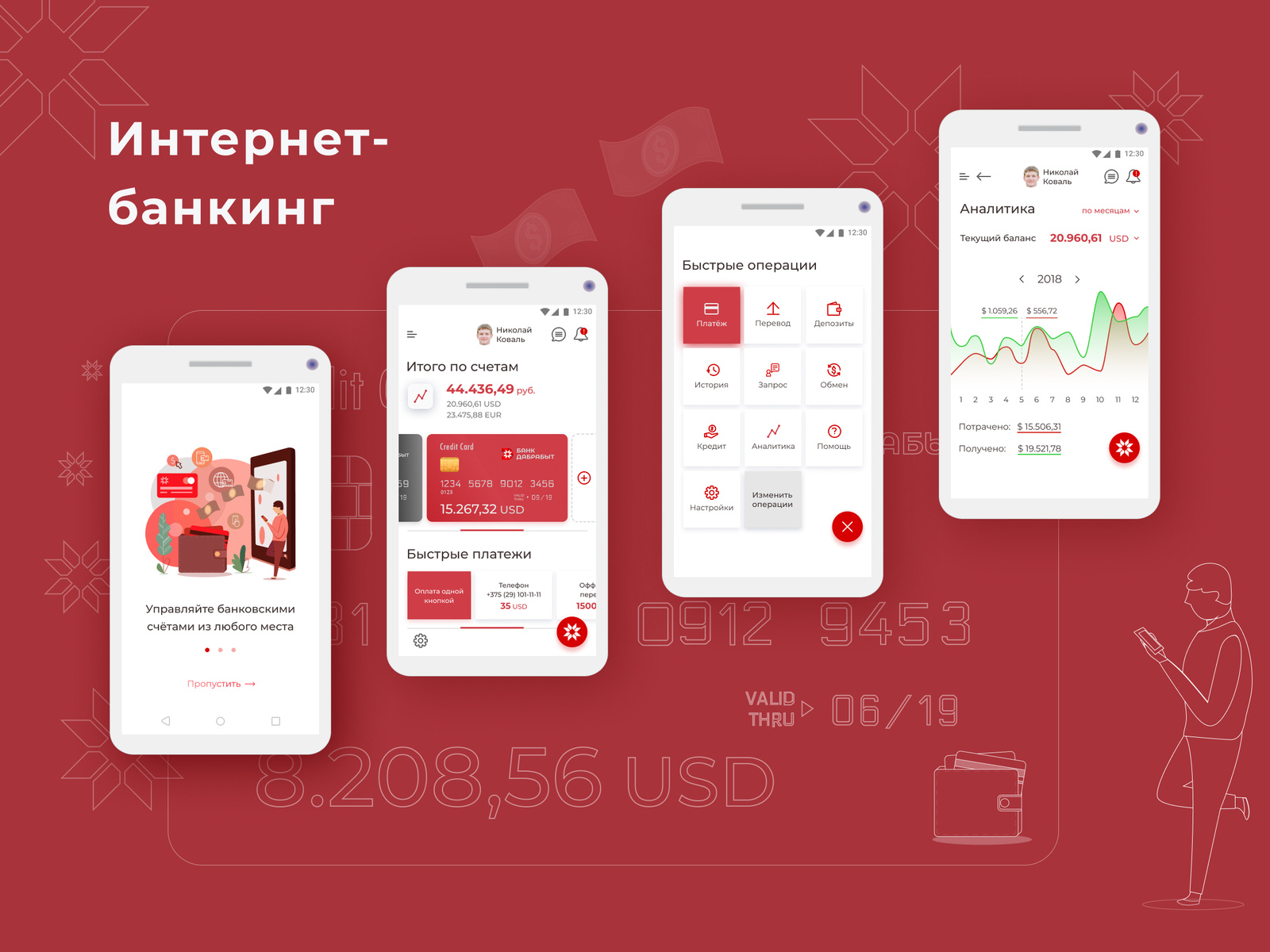
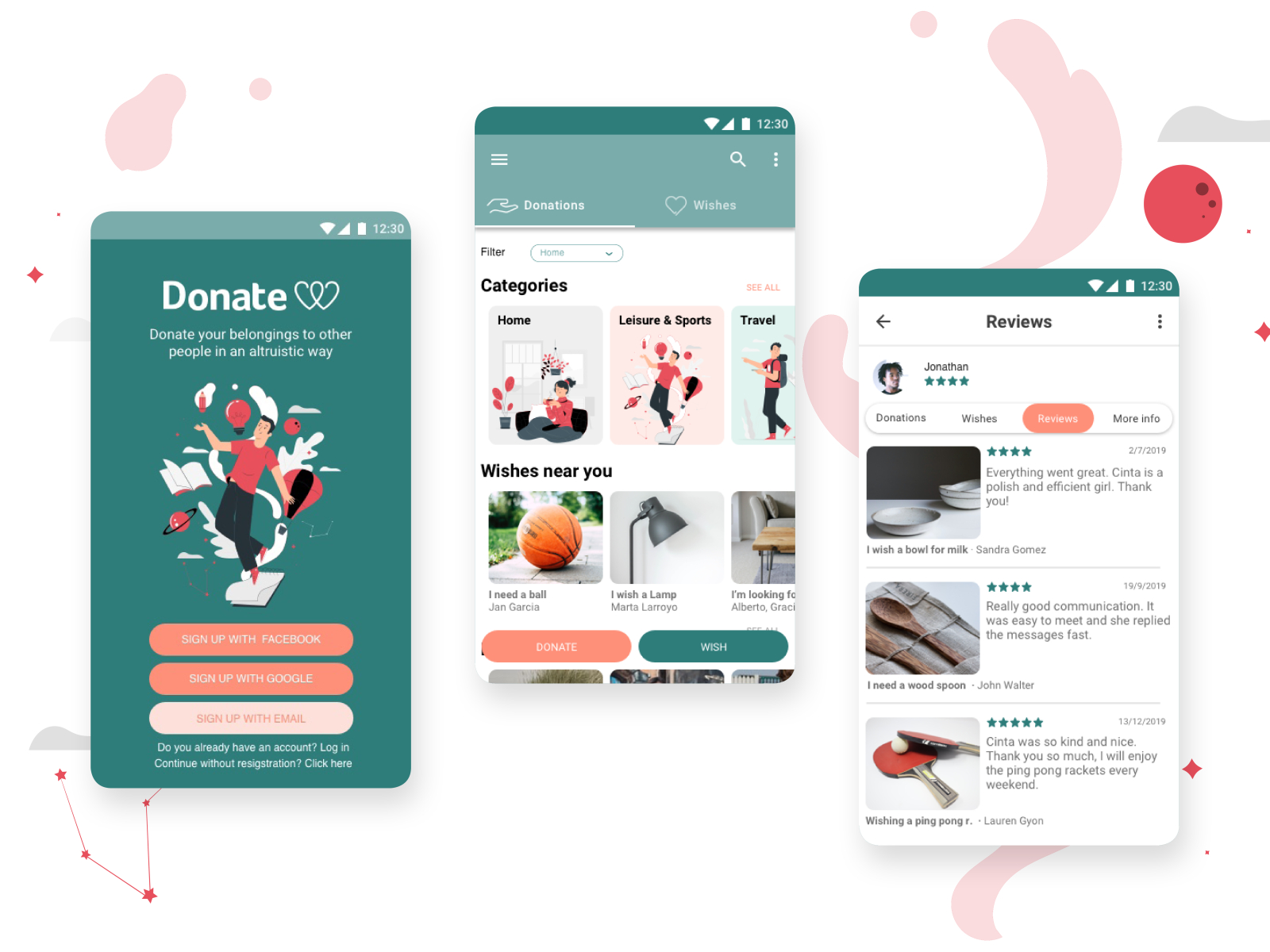
A different way to Donate, without money. 'Donate' is an App to Donate stuff to others in an altruistic way.
![Gde Kalyan — Screens [Android App]](https://cdn.dribbble.com/users/263733/screenshots/3167586/gdekalyan_allmain_preview.png)
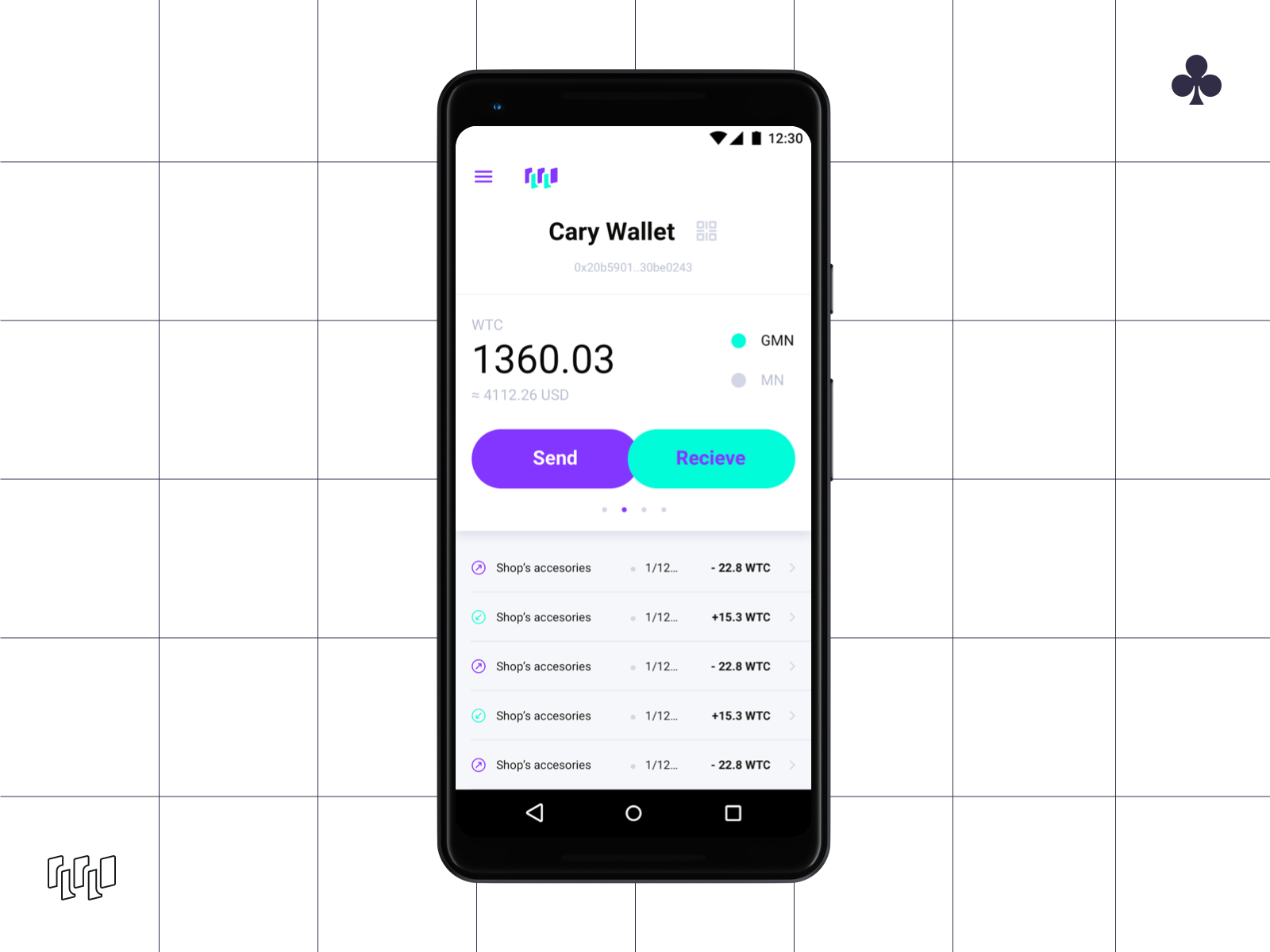
Full case project will be ready soon :)
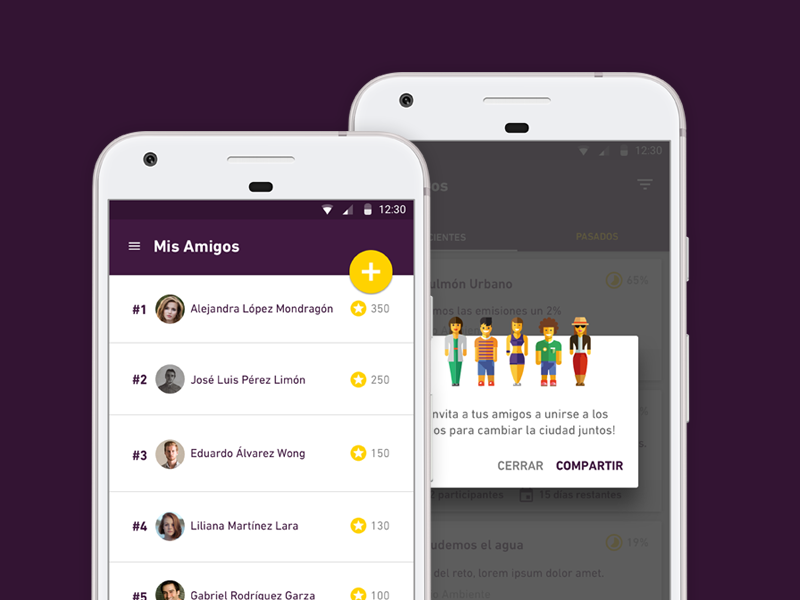
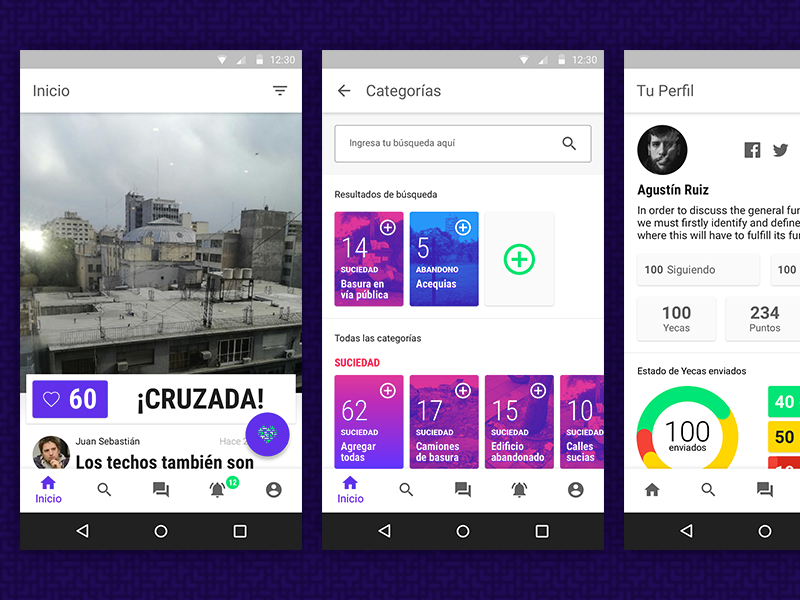
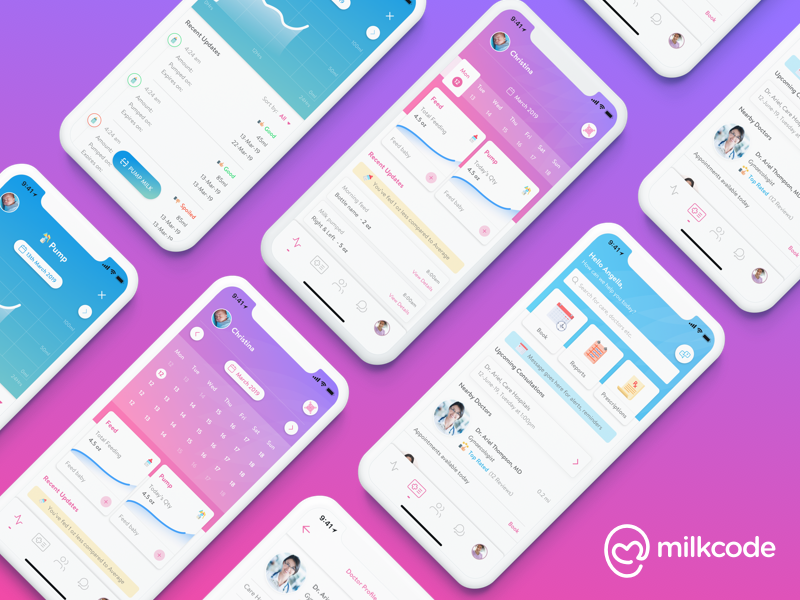
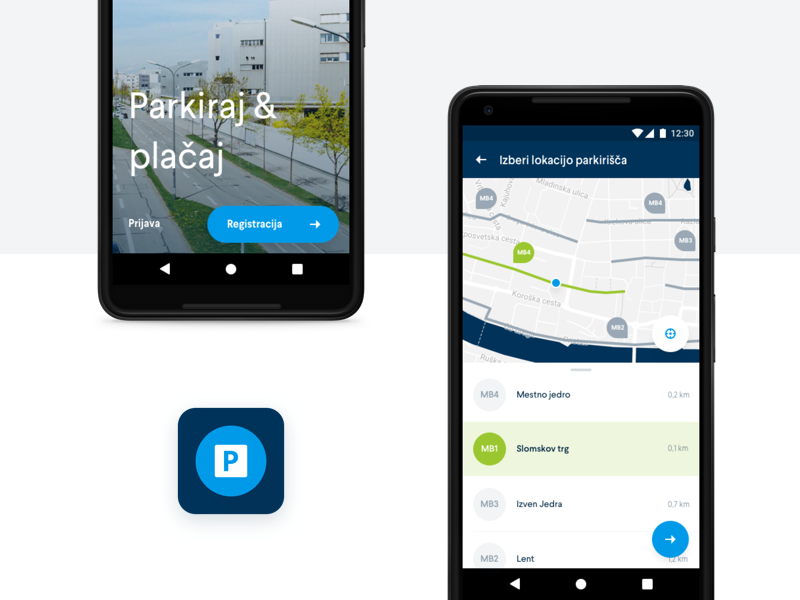
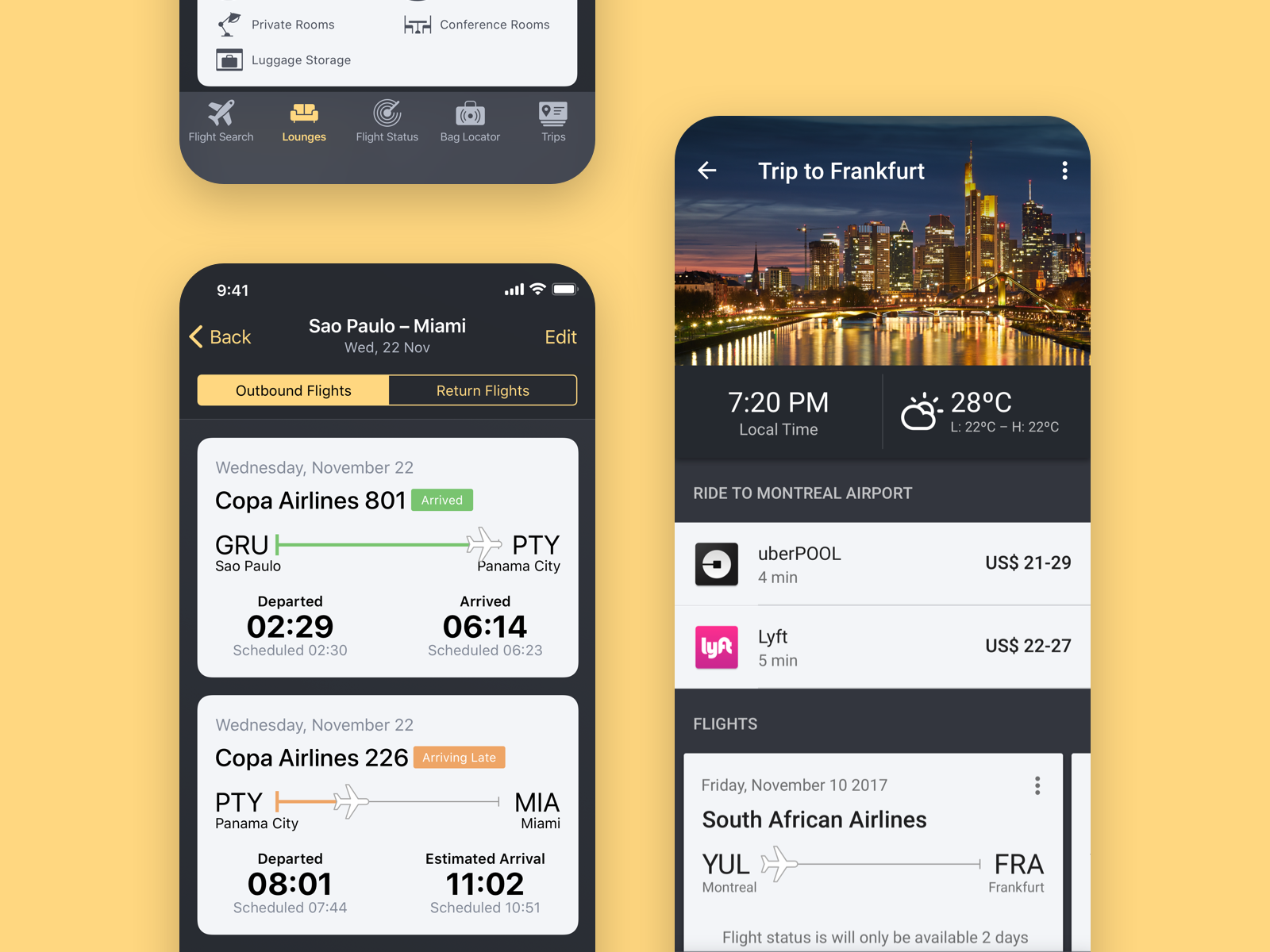
We designed and developed the IOS and Android apps for Star Alliance— one of the world’s largest global airline alliances. The interface makes it easy for users to stay up to date on their flight information, find an airport lounge, access local weather, and request a ride with Uber or Lyft. Star Alliance members can create "trips" and access all of these features from right inside the Star Alliance App. - - - Follow the Mokriya Team. Let’s talk and build the future together. Contact Us. Follow us at: Linkedin | Twitter
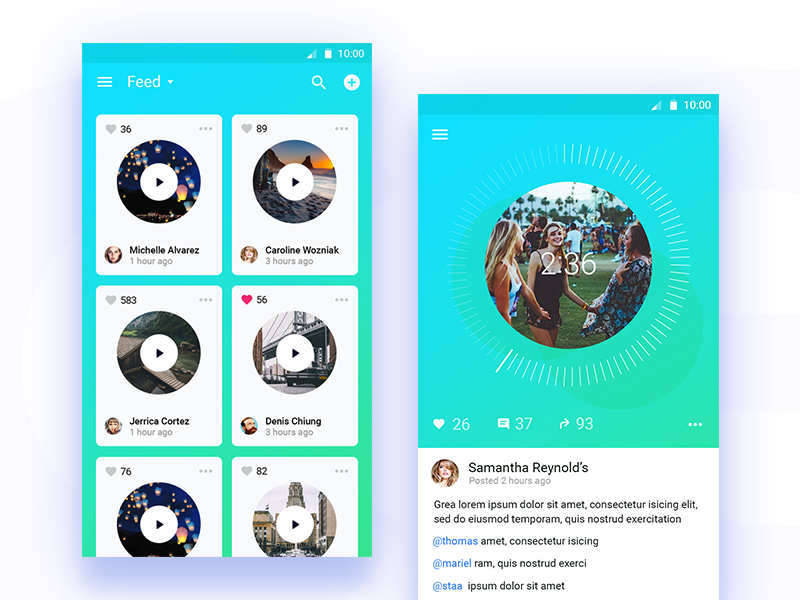
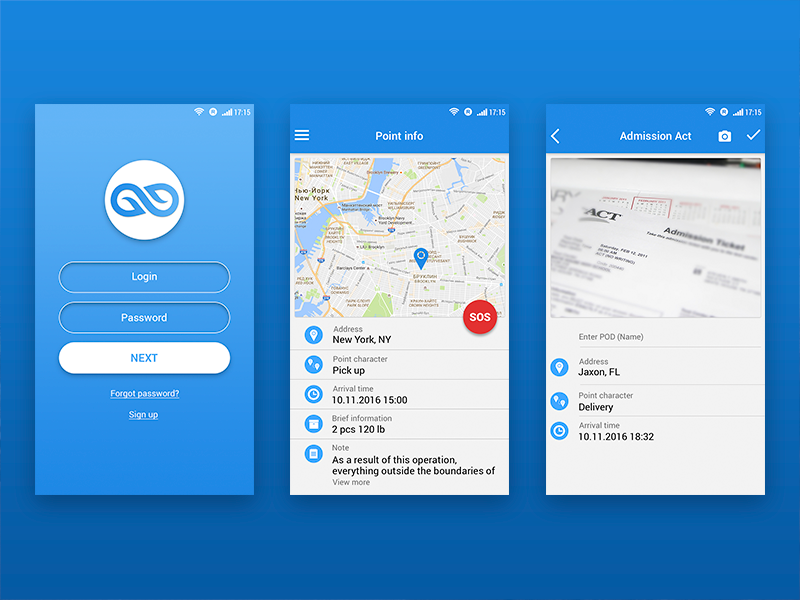
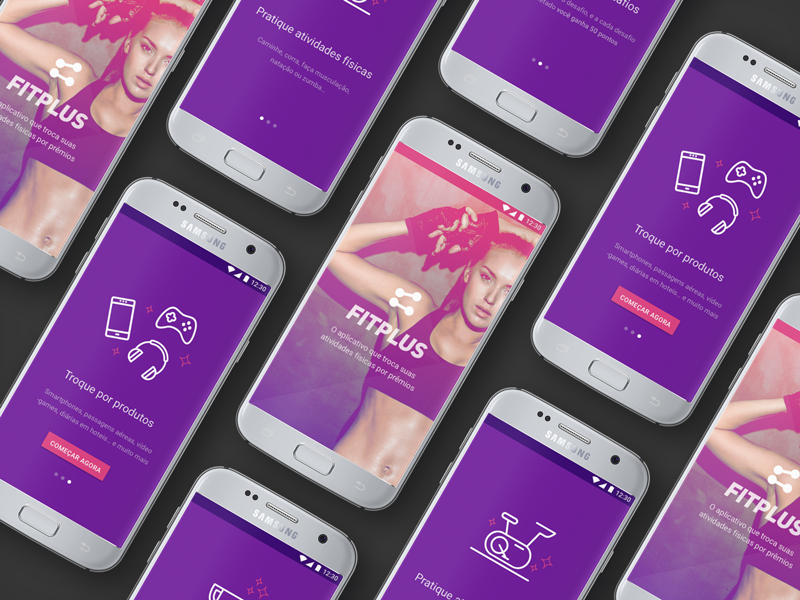
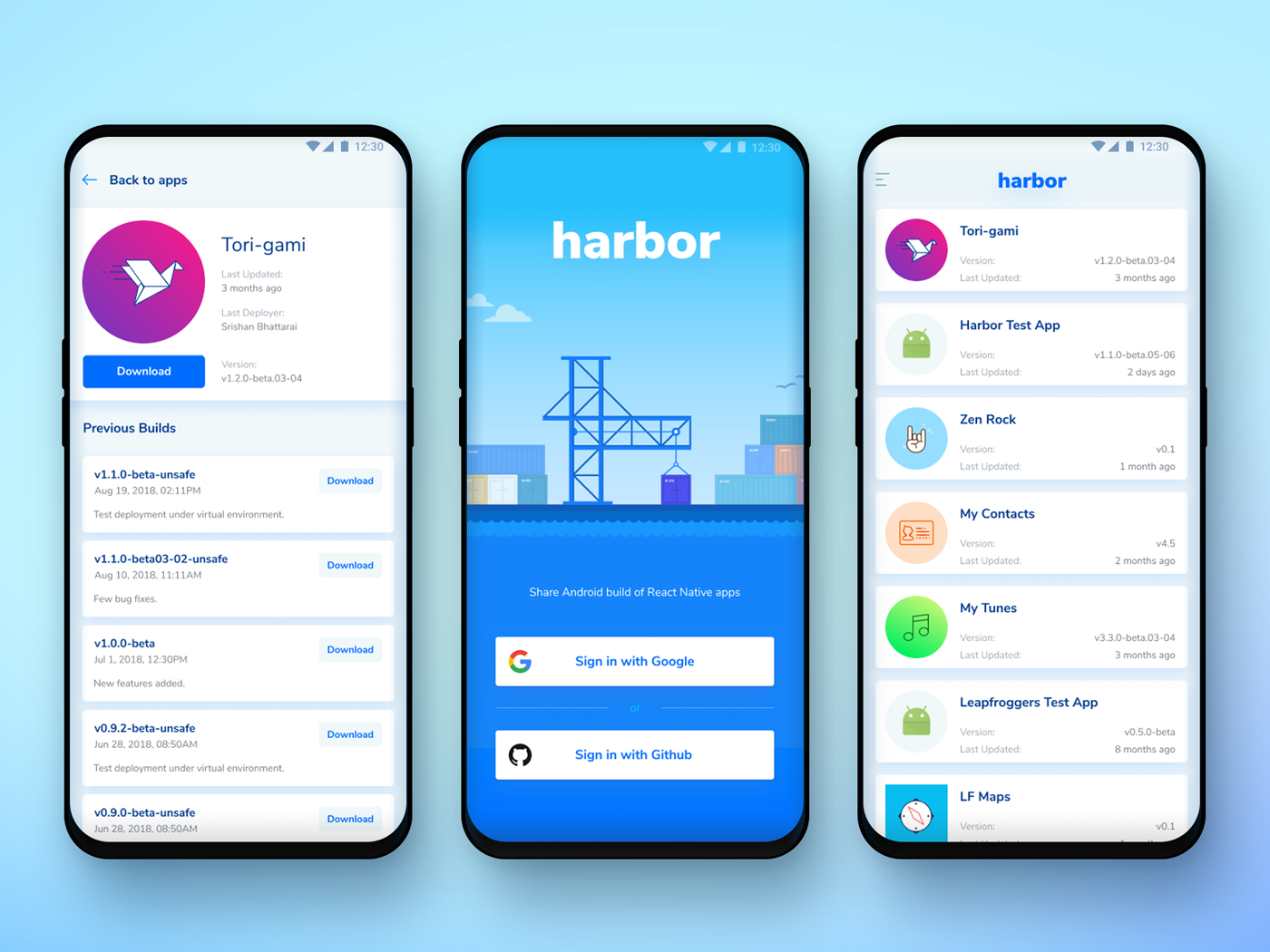
Thanks, @Saroj Shahi for the beautiful illustration. Harbor is a tool to share Android builds of React Native projects.
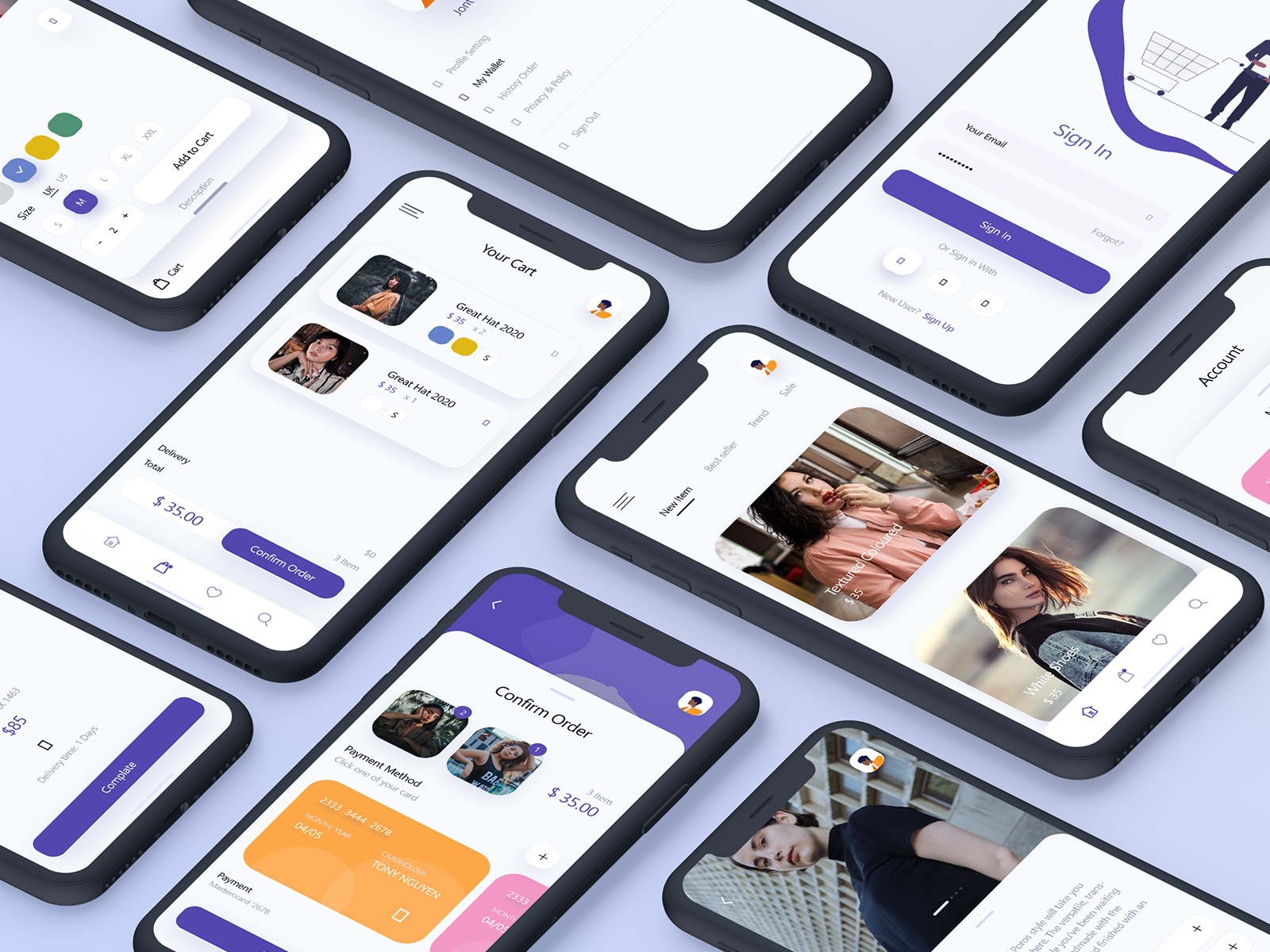
Many of us keep on surfing 👜fashion apps to know about the latest trends. Here is a UI of one such fashion app created by our designers. So, are you planning to build the best fashion app for Android users? Let's Connect!! https://www.excellentwebworld.com/contact-us/ you can drop us a line: biz@excellentwebworld.com
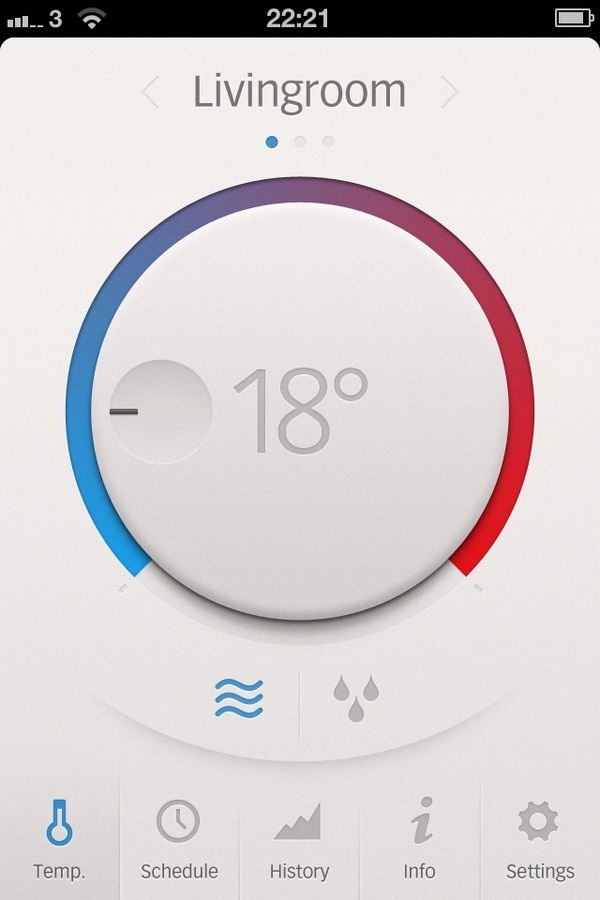
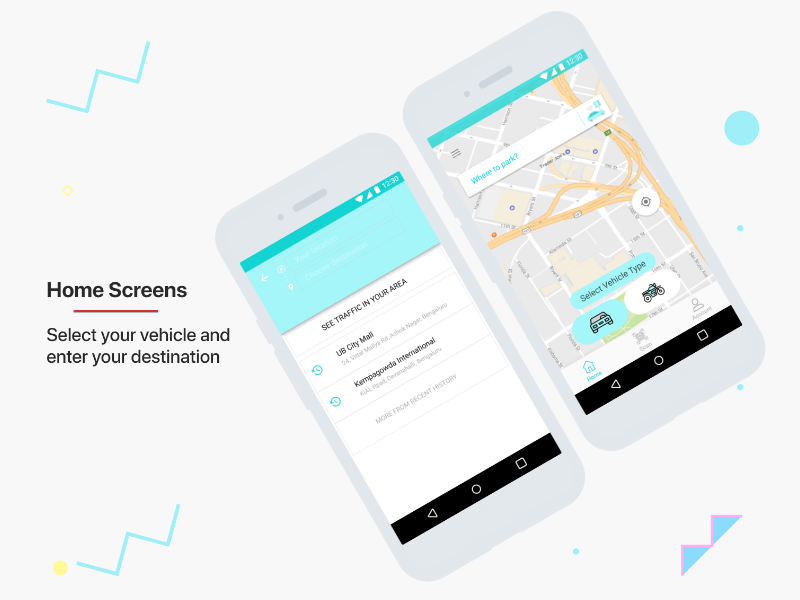
Aeropark App was designed keeping in mind to provide the best parking solutions to our customers. This App I designed in my course with Designient School. Social Connections : https://www.facebook.com/designient https://www.instagram.com/designient My Social Connections : https://www.linkedin.com/in/alkesh-377b2b118/ https://www.instagram.com/singh.alkesh
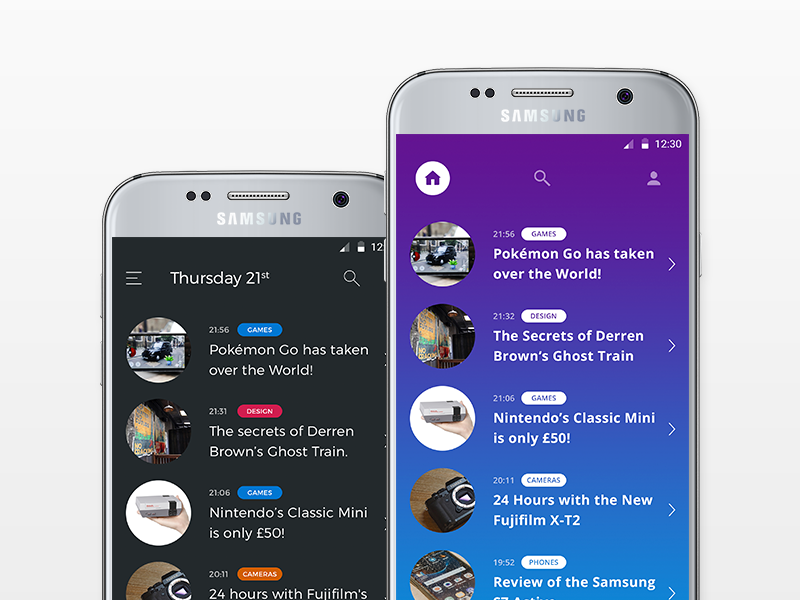
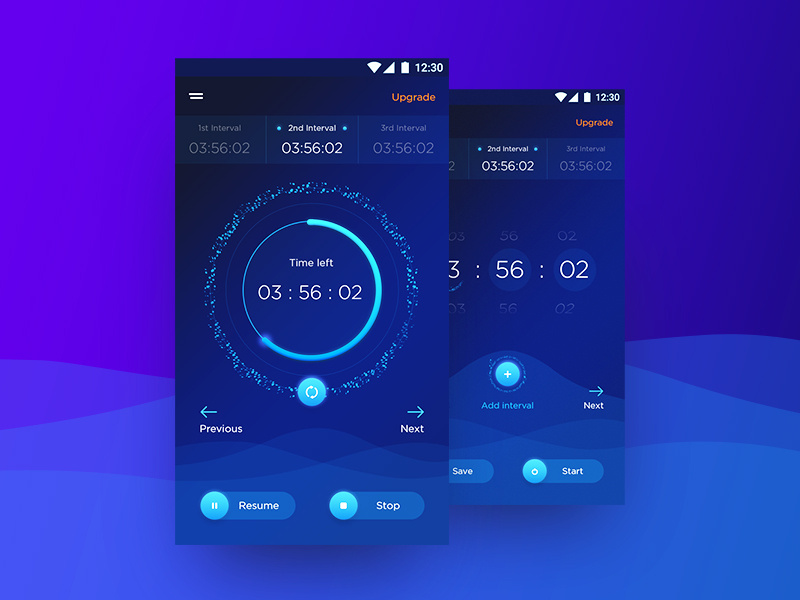

app concept redesign that you can see on and download here: https://www.uplabs.com/posts/netflix-app-concept-icons

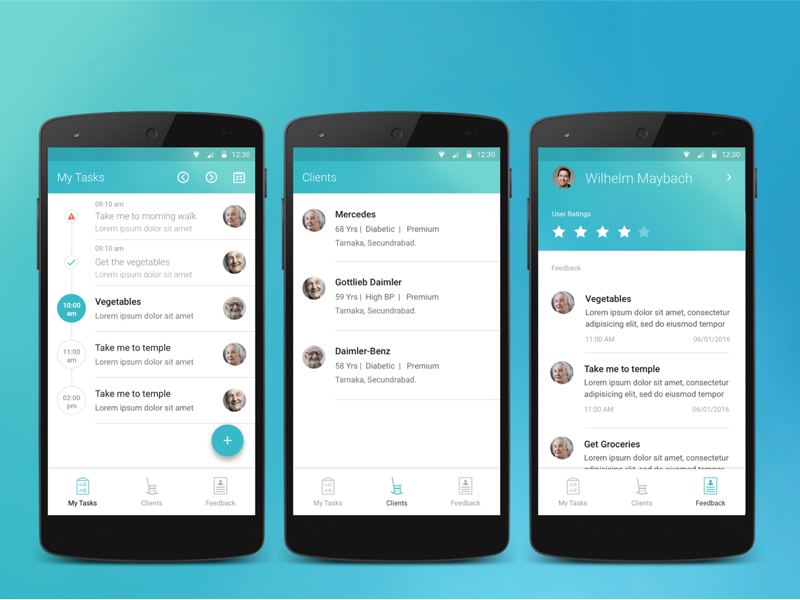
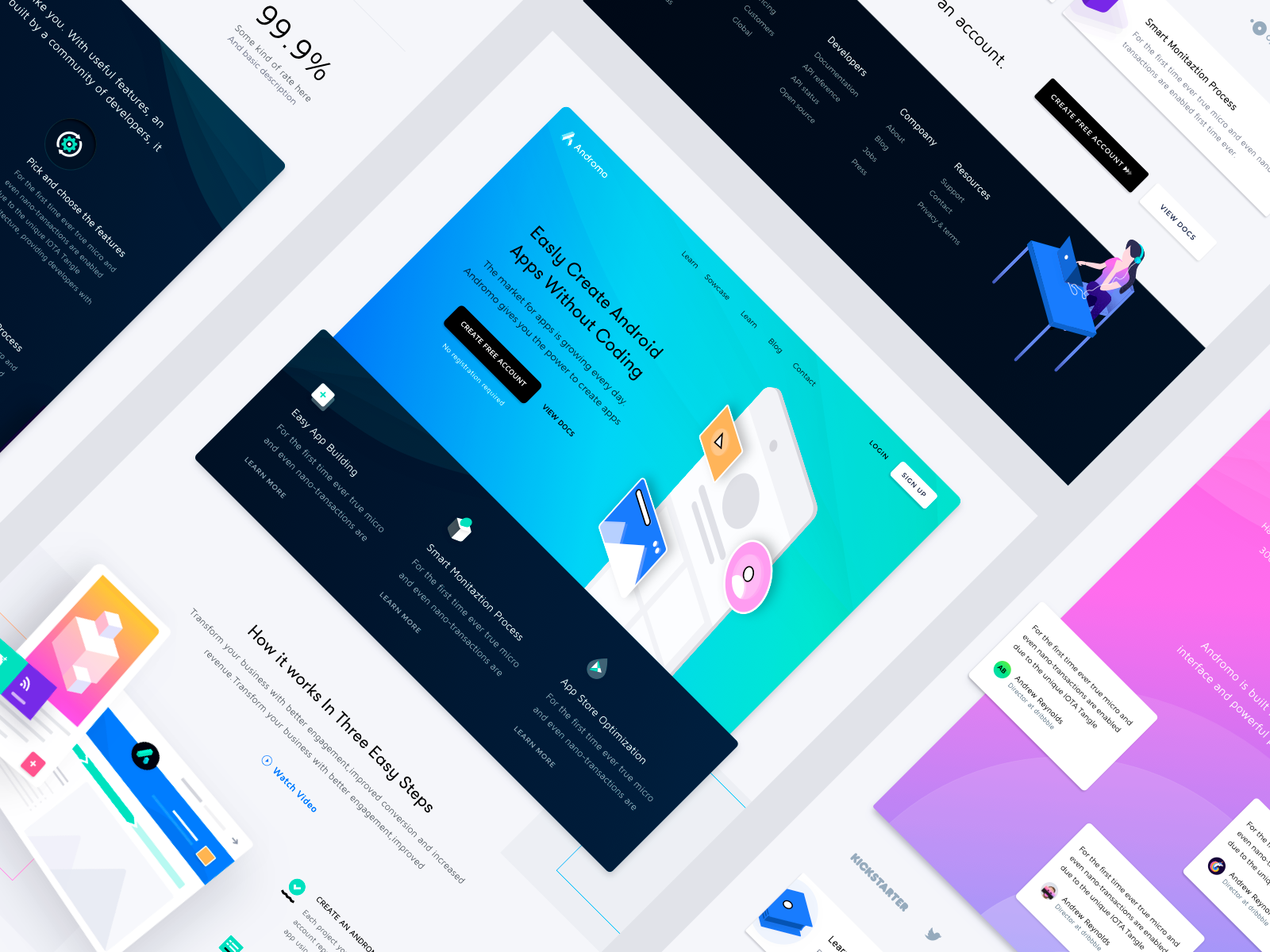
Hi everyone, Last few months I have been working on redesign for the Andromo.In short, Andromo is the best App Maker service for a reason. It's so easy to use, anyone can do it. All the best, Oleg
Get access to thousands of freshly updated design inspiration pieces by adding Muzli to your browser.
Loved by 750K designers worldwide, Muzli is the leading go-to browser extension for creative professionals.
Designing an Android app presents unique challenges and opportunities compared to other platforms like iOS or web applications. Understanding these nuances is crucial for creating an intuitive, visually appealing, and functional app that meets user expectations. Here are key considerations for designing an Android app and how it differs from other platforms.
Google's Material Design guidelines are the cornerstone of Android app design. Material Design emphasizes a clean, flat interface with a focus on usability and a cohesive visual language. Designers should familiarize themselves with these guidelines, which cover everything from color schemes and typography to motion and interaction design.
Android's open ecosystem means apps must be designed for a wide range of devices with varying screen sizes, resolutions, and hardware capabilities. This diversity requires a flexible and responsive design approach.
Android offers a variety of unique UI components that differ from other platforms, such as iOS. Leveraging these components helps in maintaining platform consistency and enhancing user experience.
Designing for Android involves understanding platform-specific gestures and interaction patterns. Android users are accustomed to certain gestures and navigation methods that differ from other platforms.
Android apps often integrate with various Google services and features, enhancing functionality and user engagement.
Android users value customization and personalization options. Providing flexible settings and customizable features can significantly enhance user satisfaction.
Designing an Android app requires a deep understanding of Material Design principles, attention to the diverse Android ecosystem, and leveraging platform-specific features. By considering these factors, designers can create apps that not only look great but also provide a seamless and enjoyable user experience. Keeping up with the latest Android design trends and guidelines will ensure your app stands out in the competitive app market.